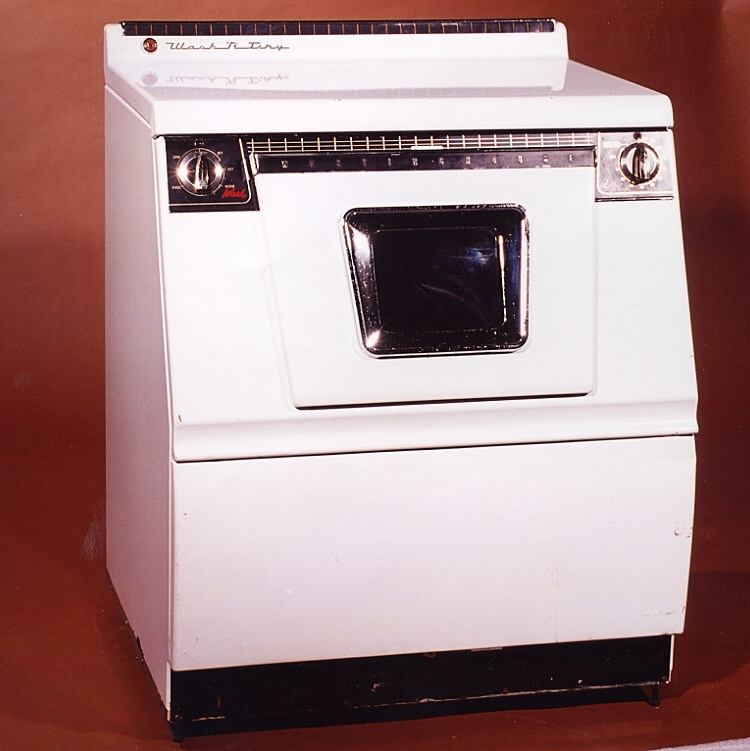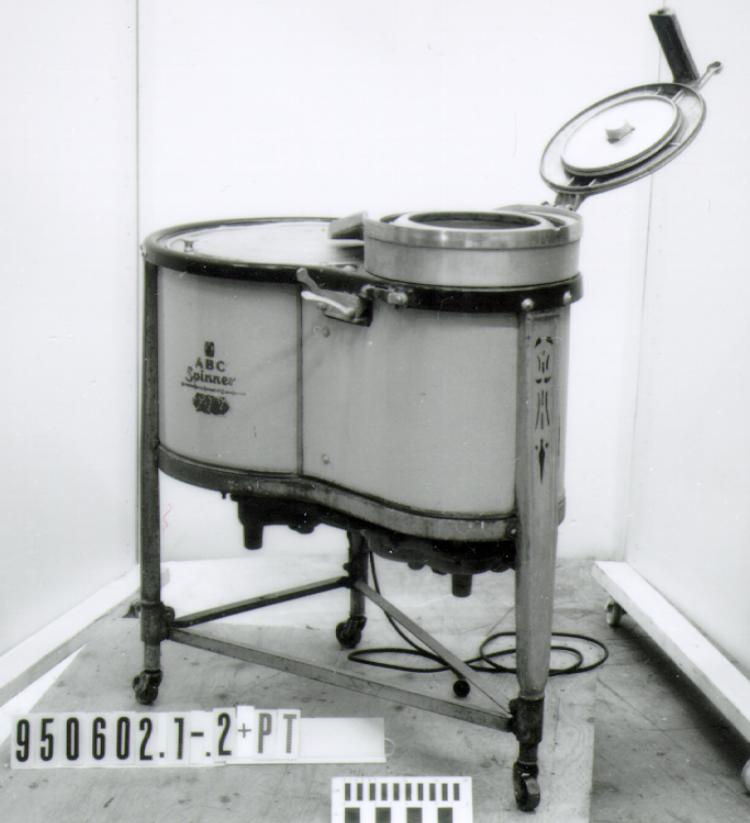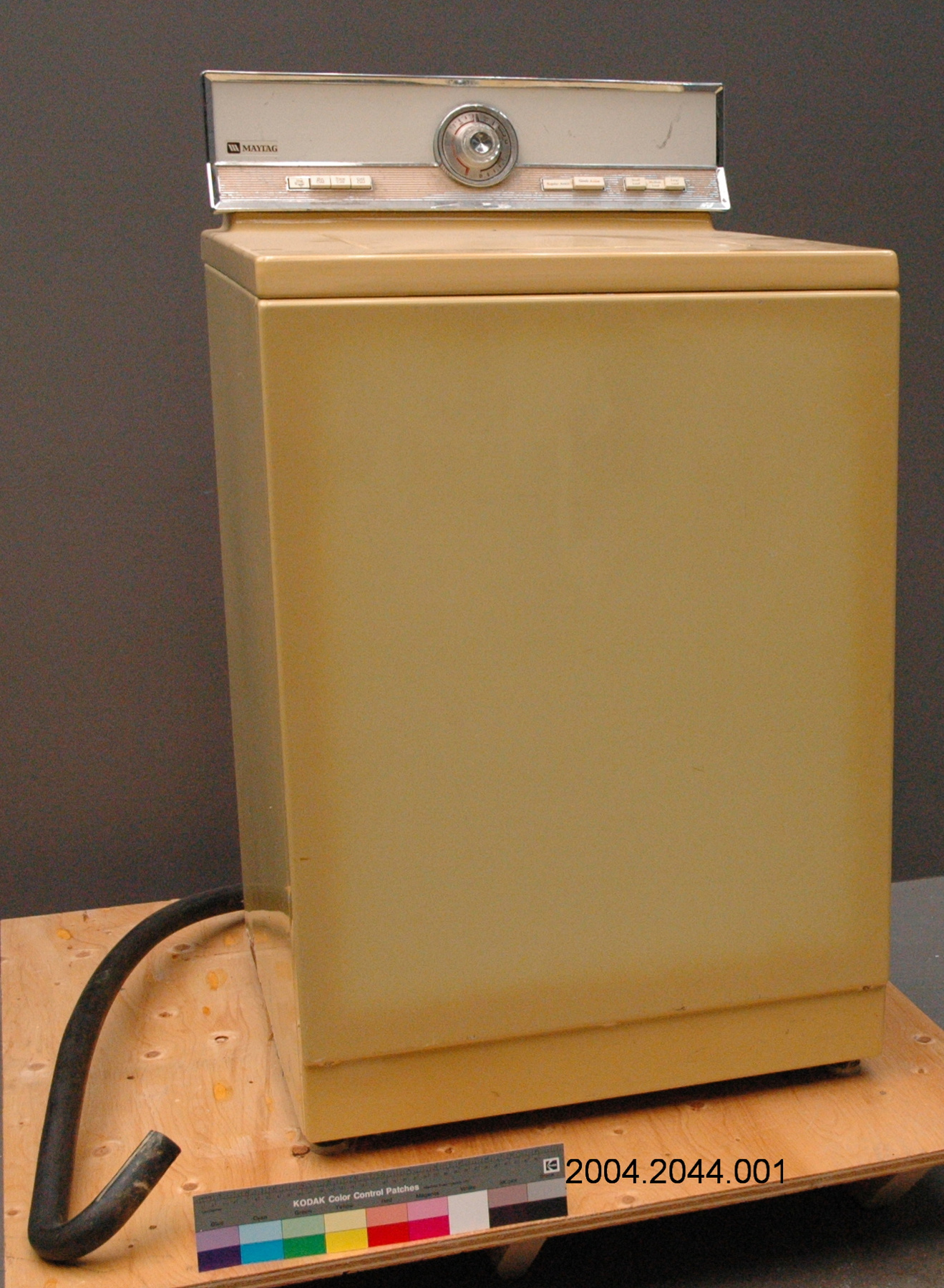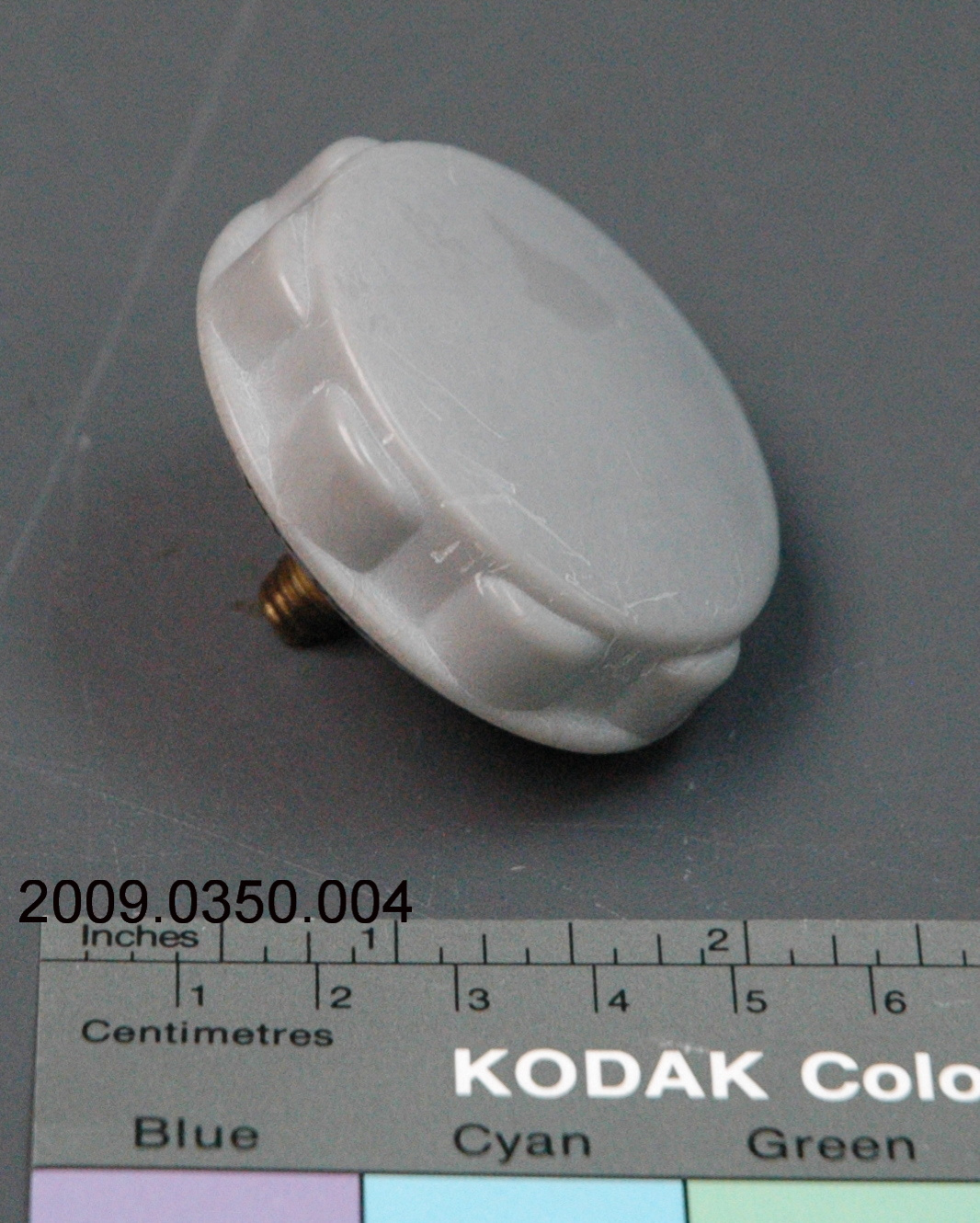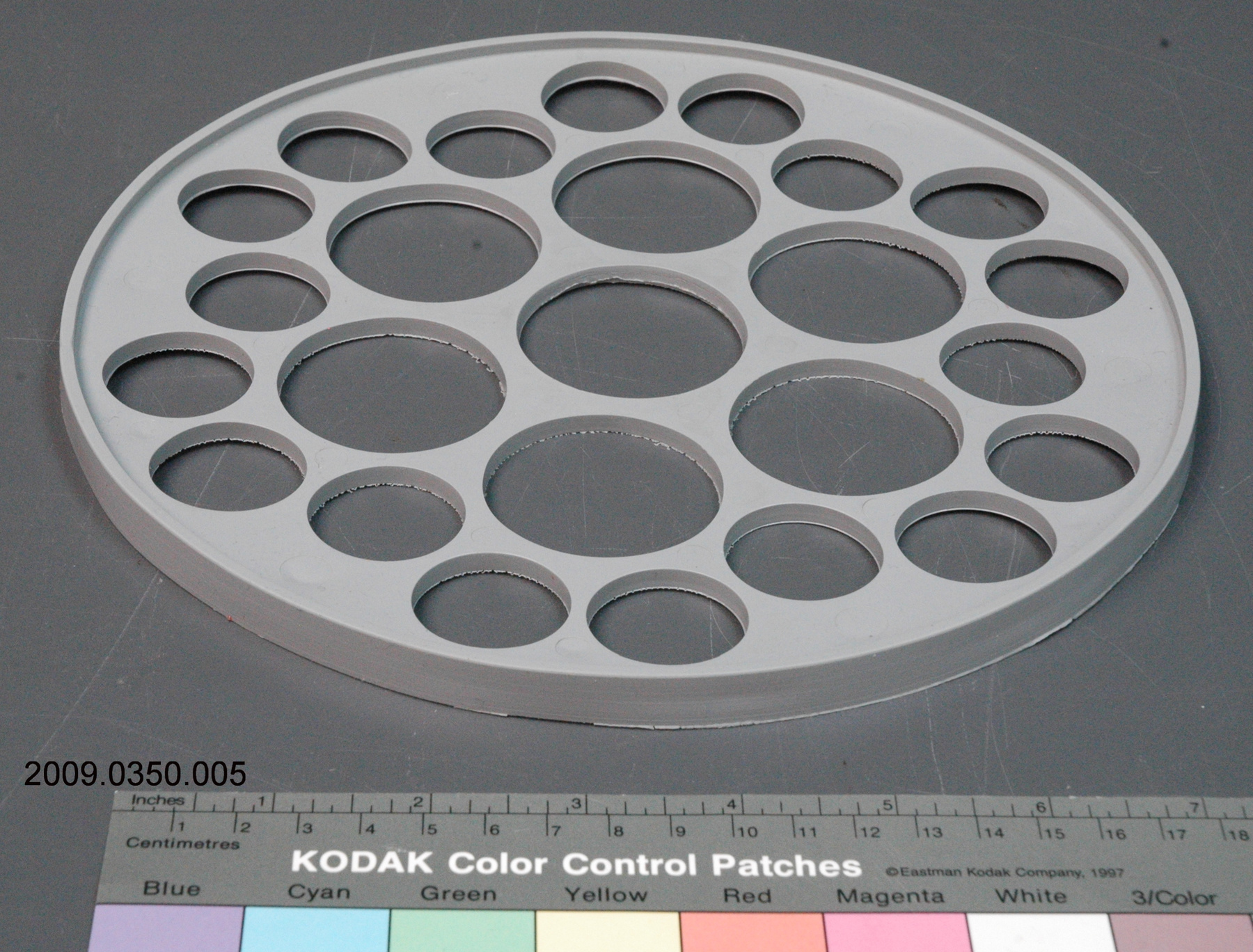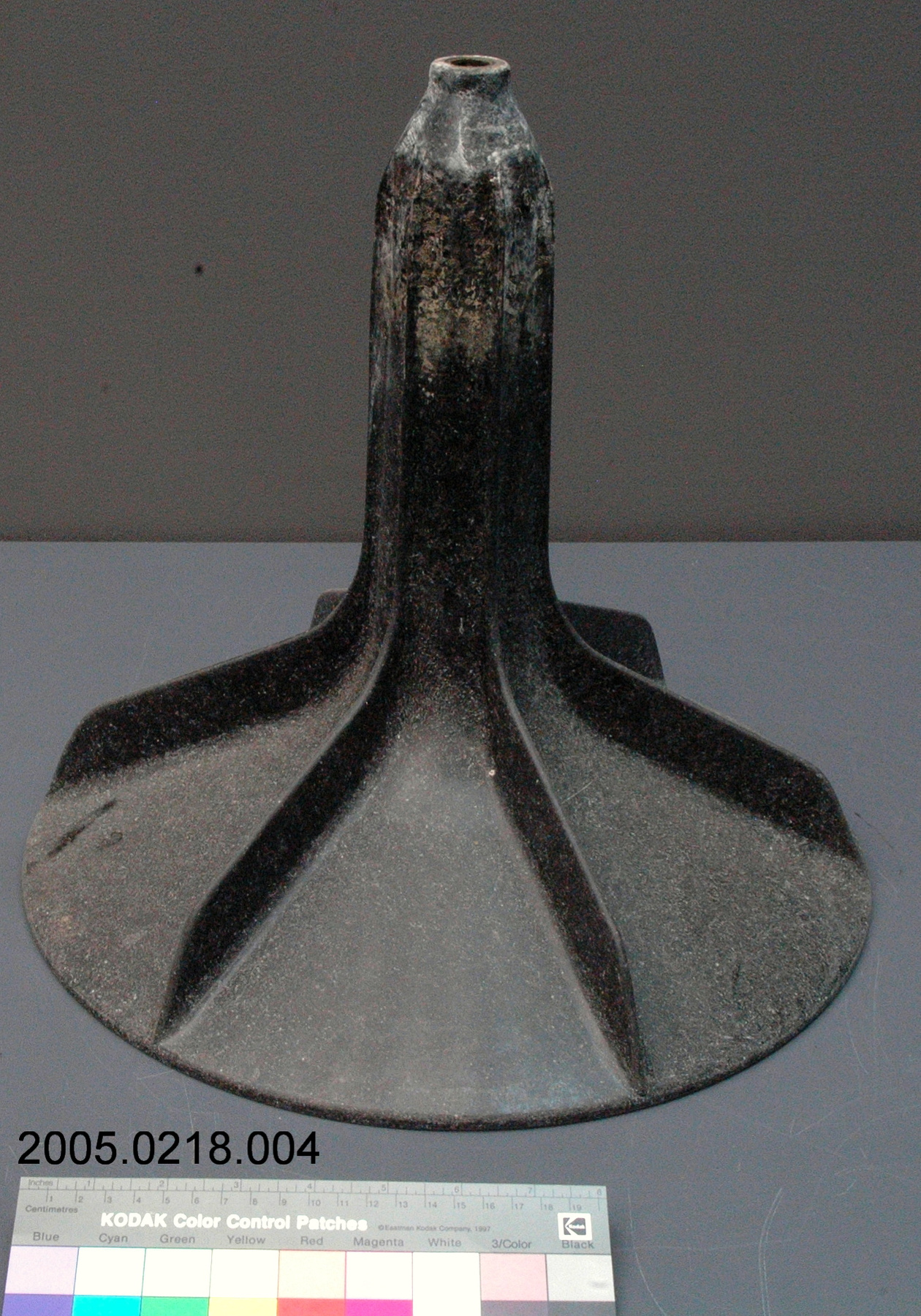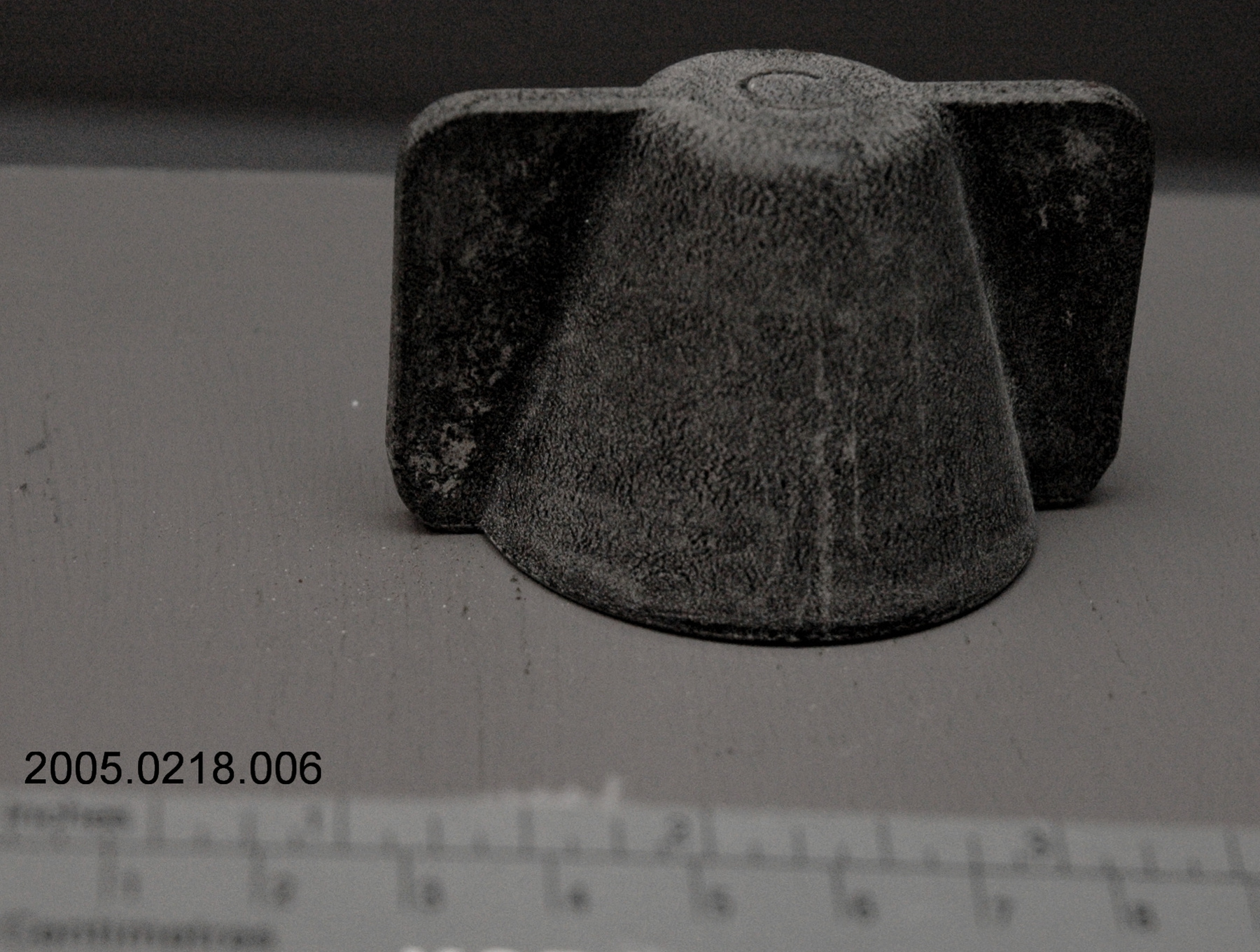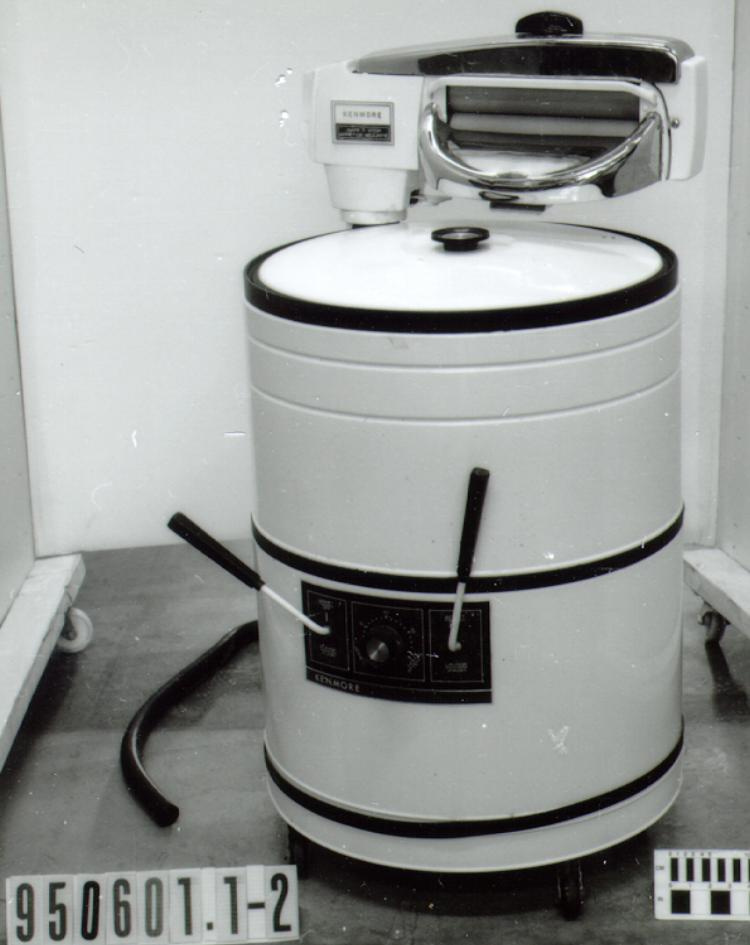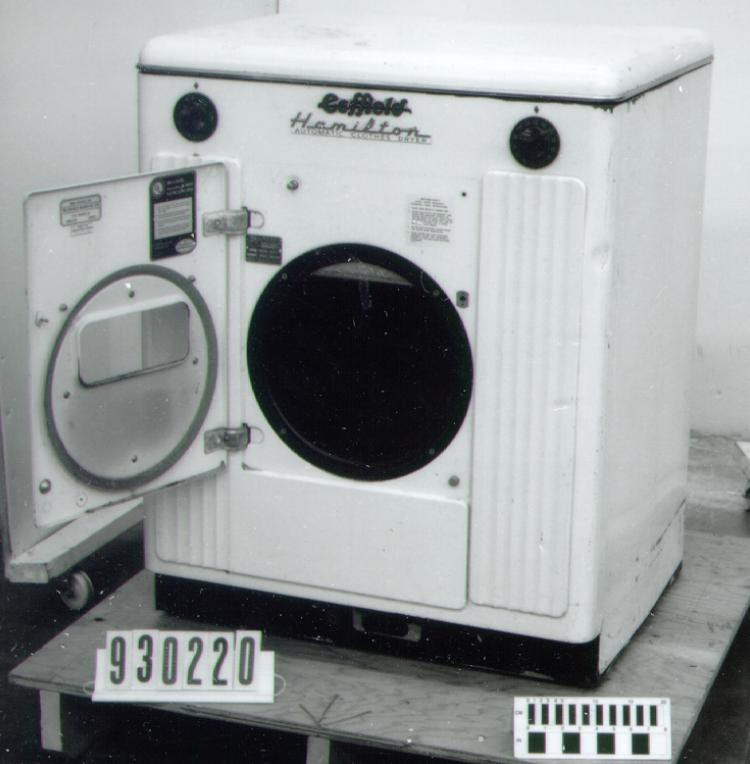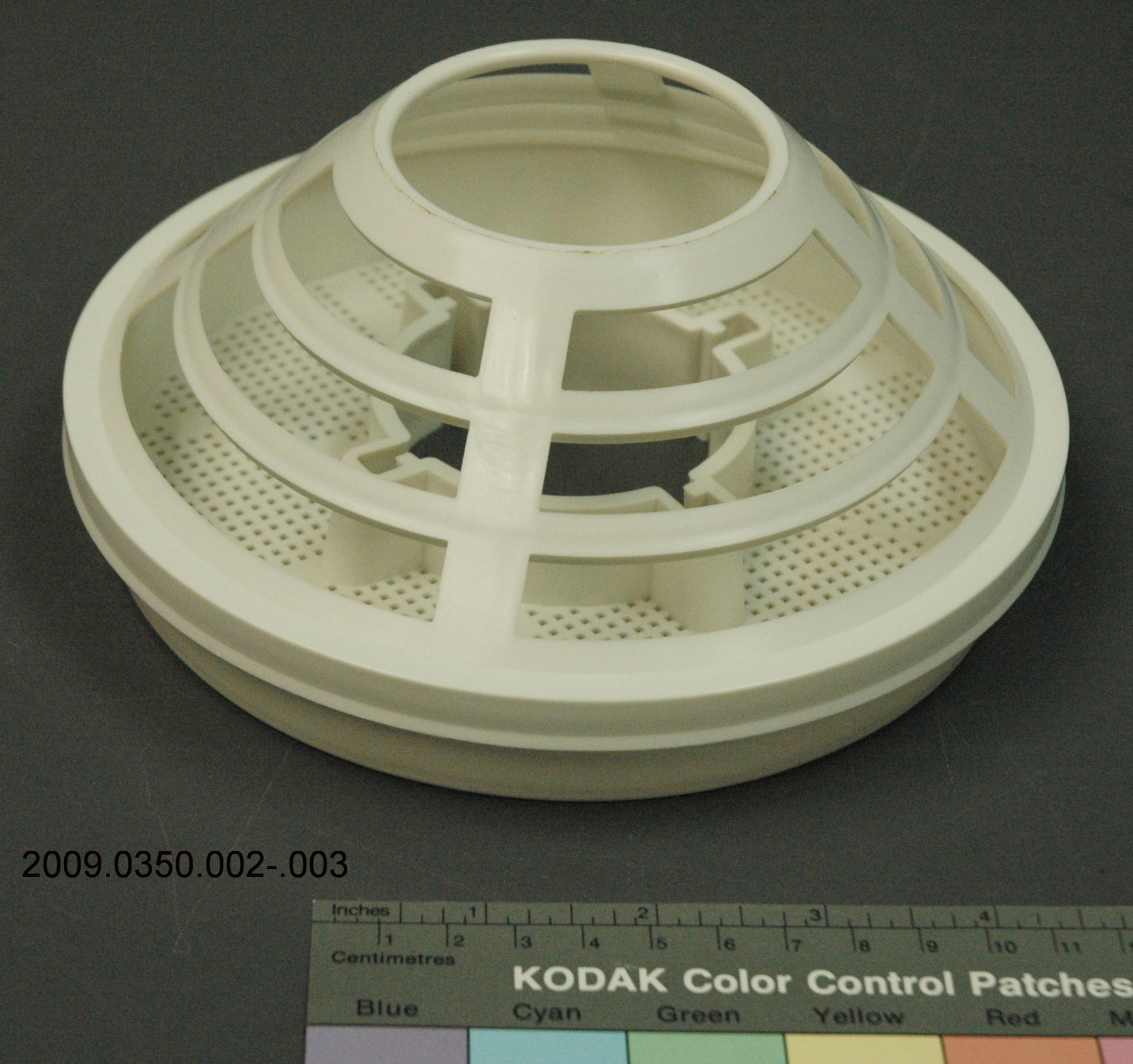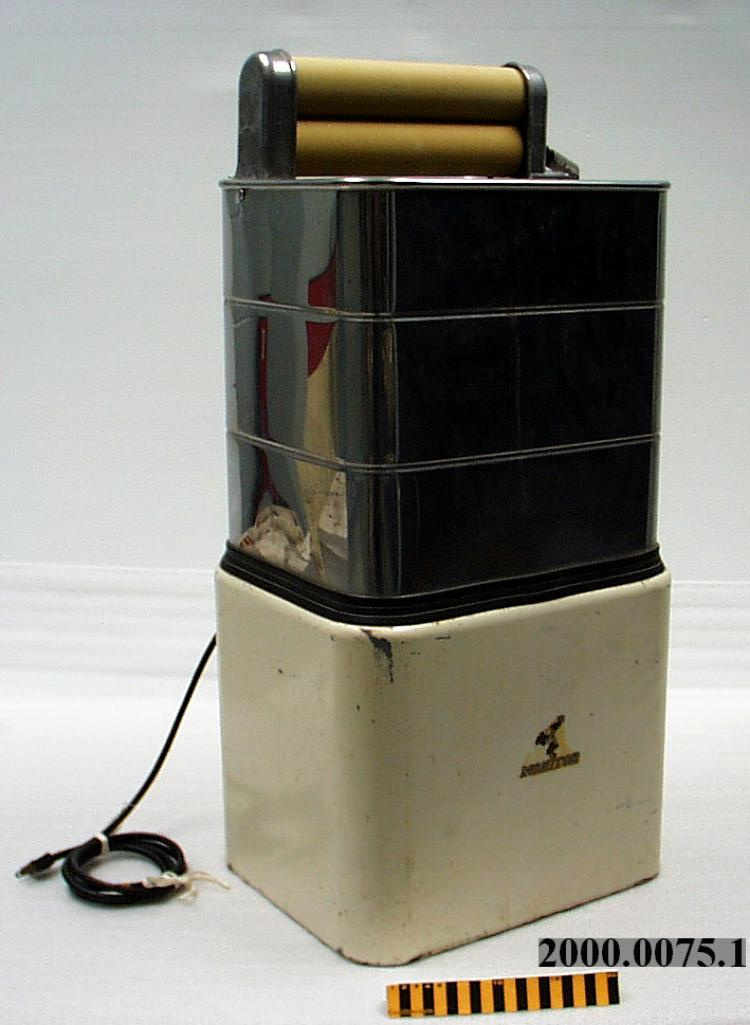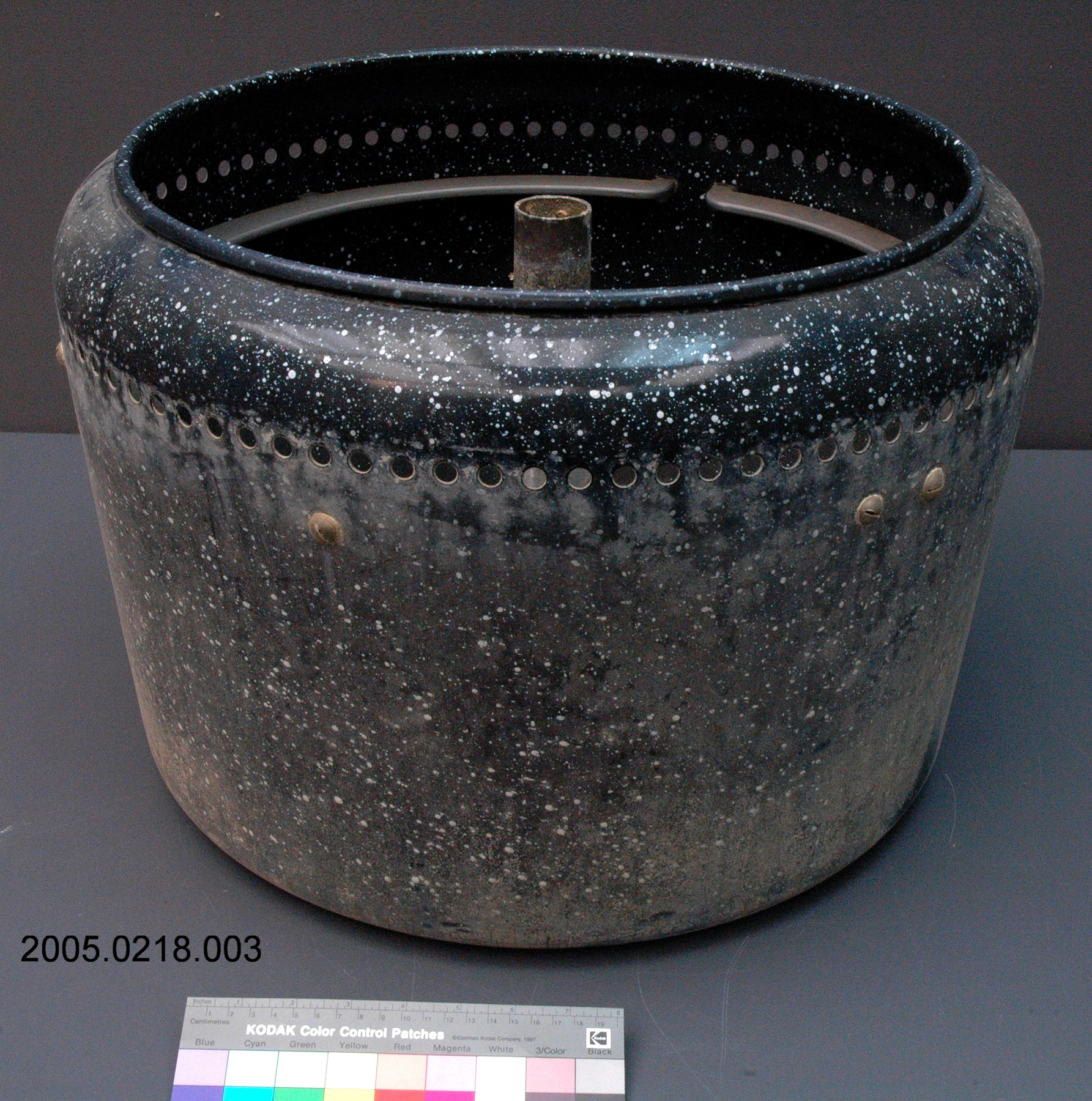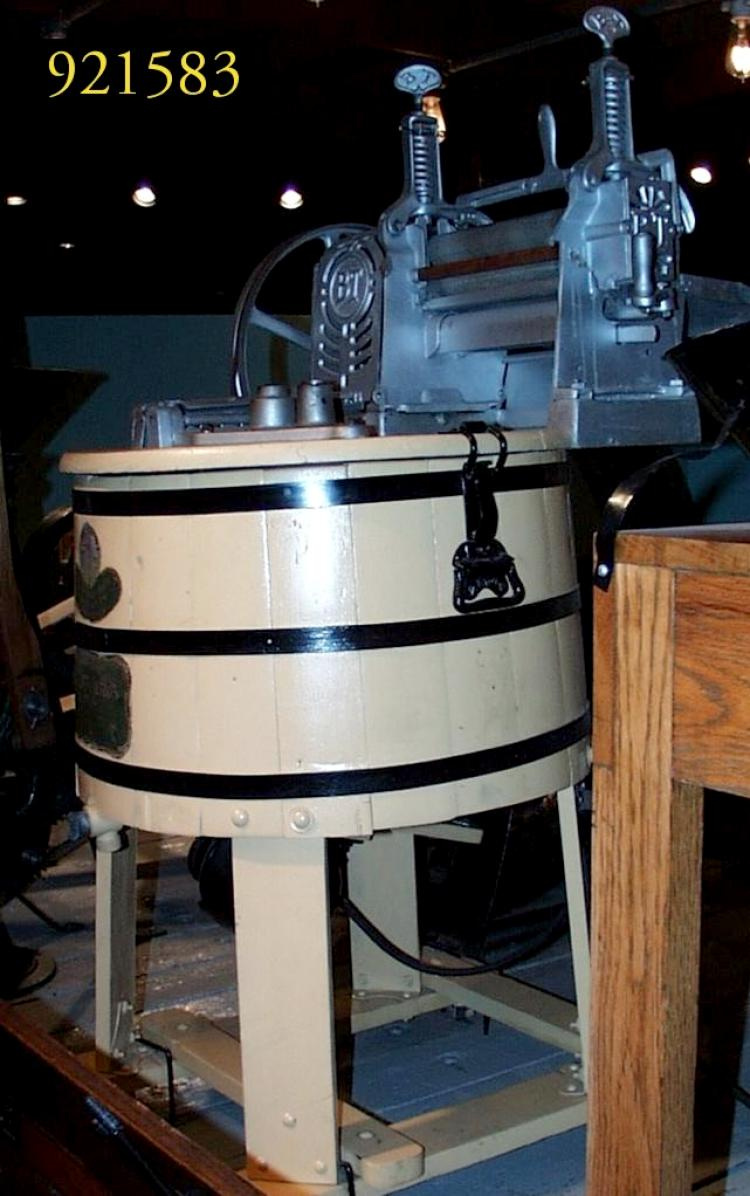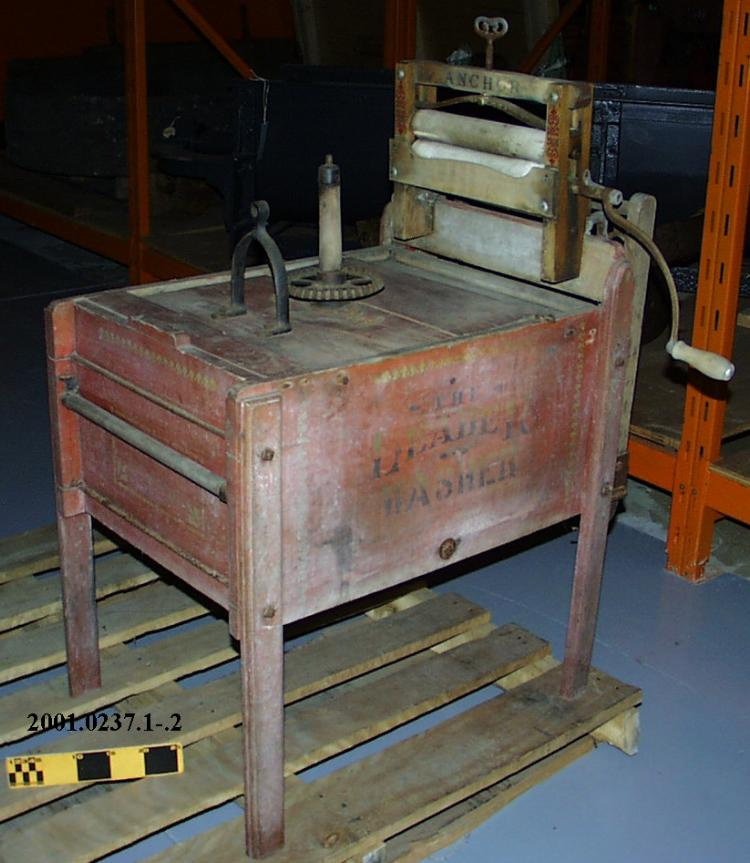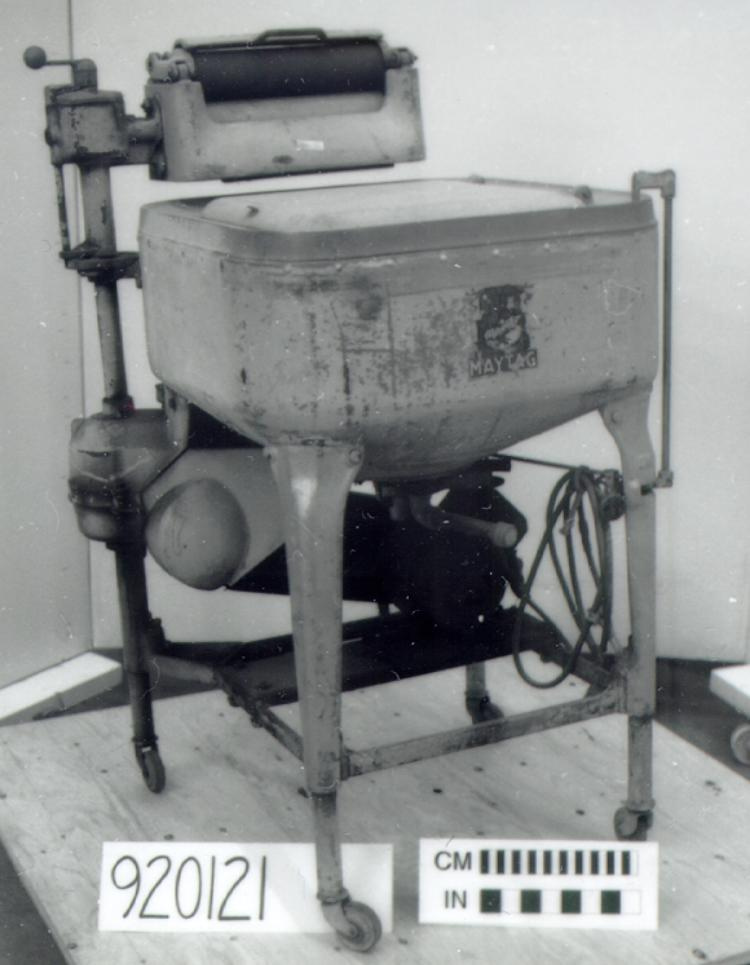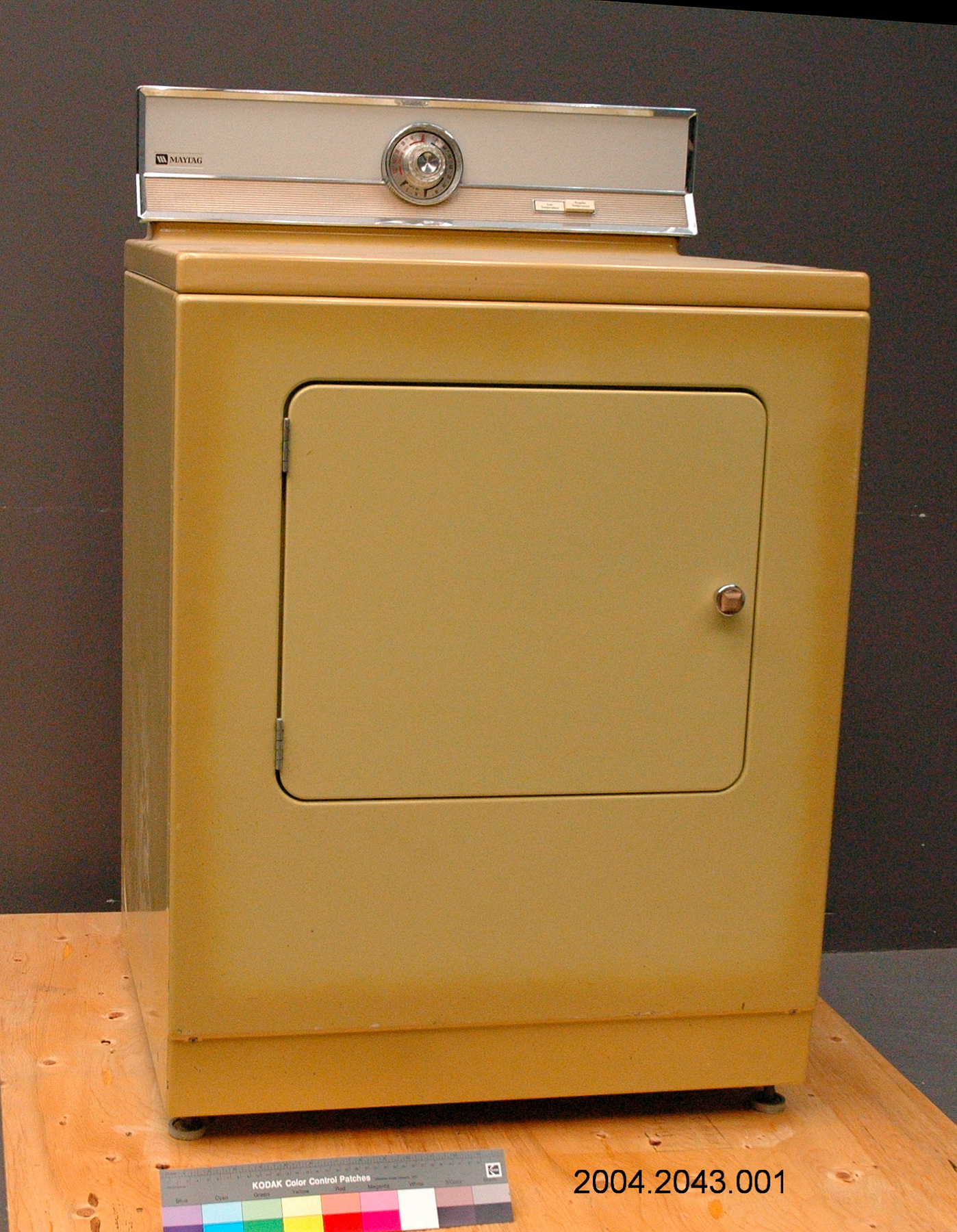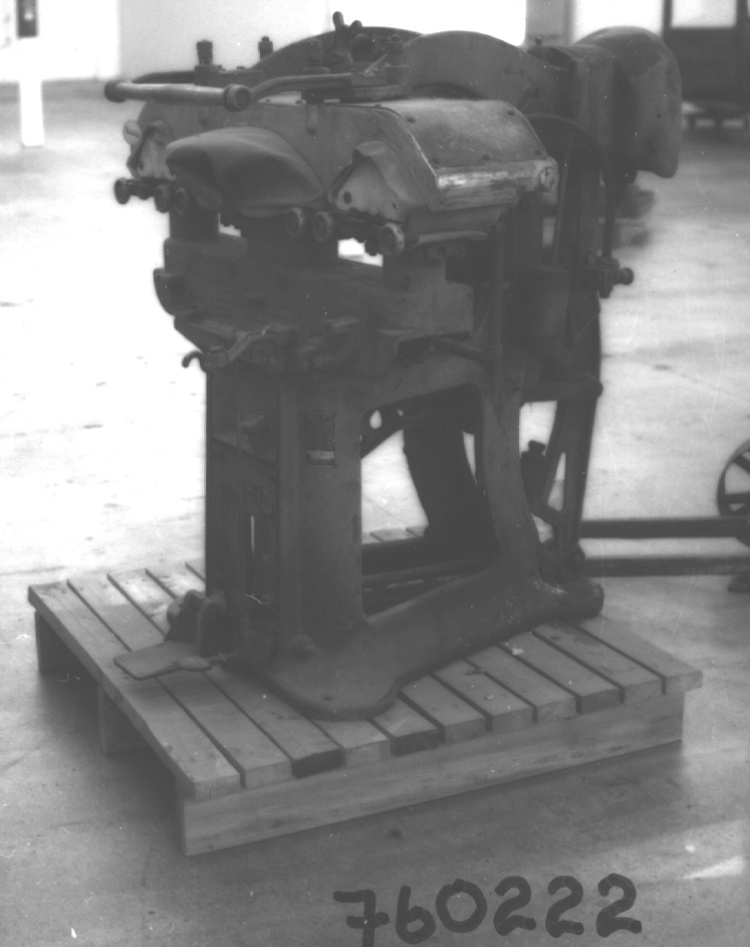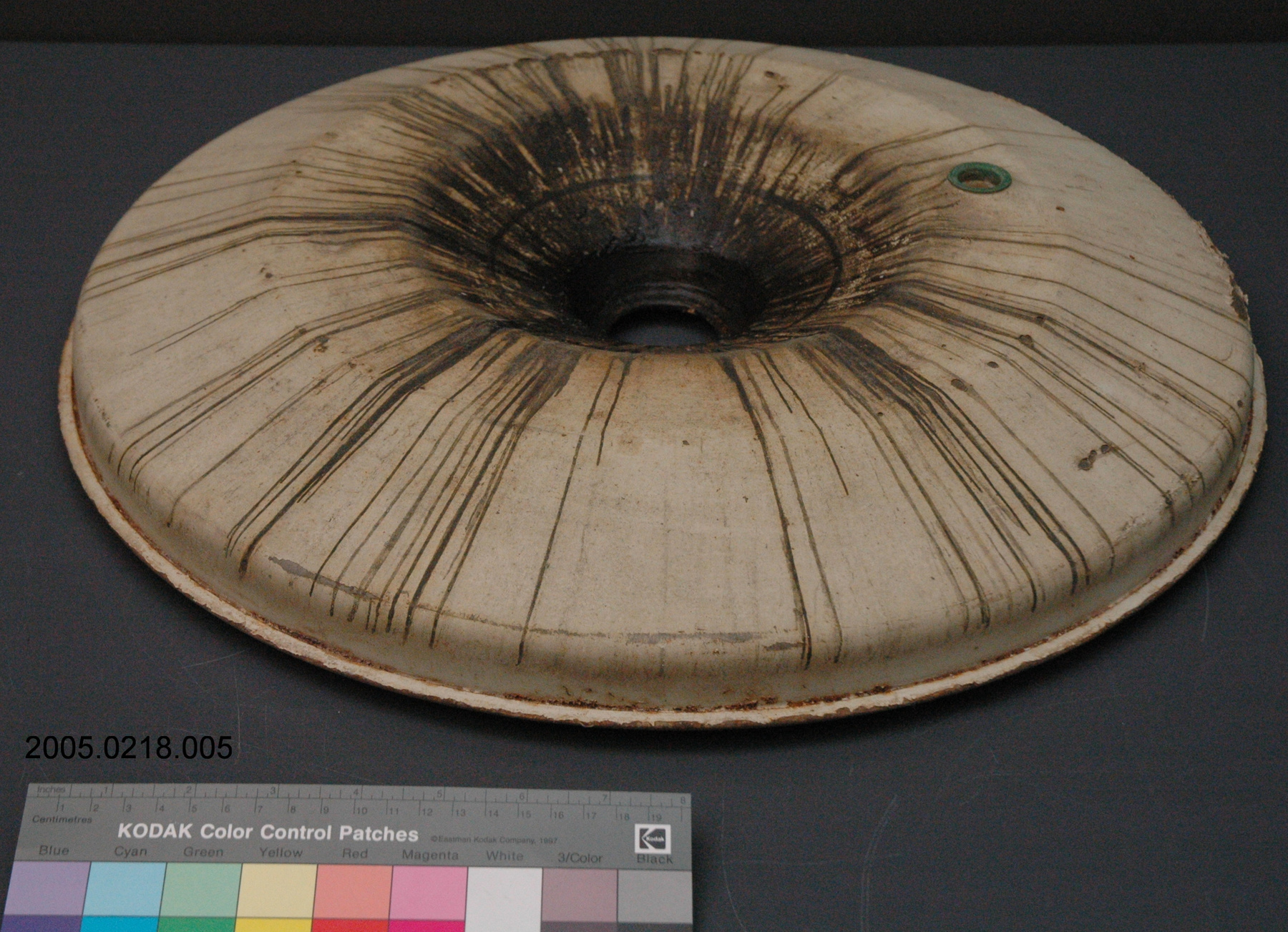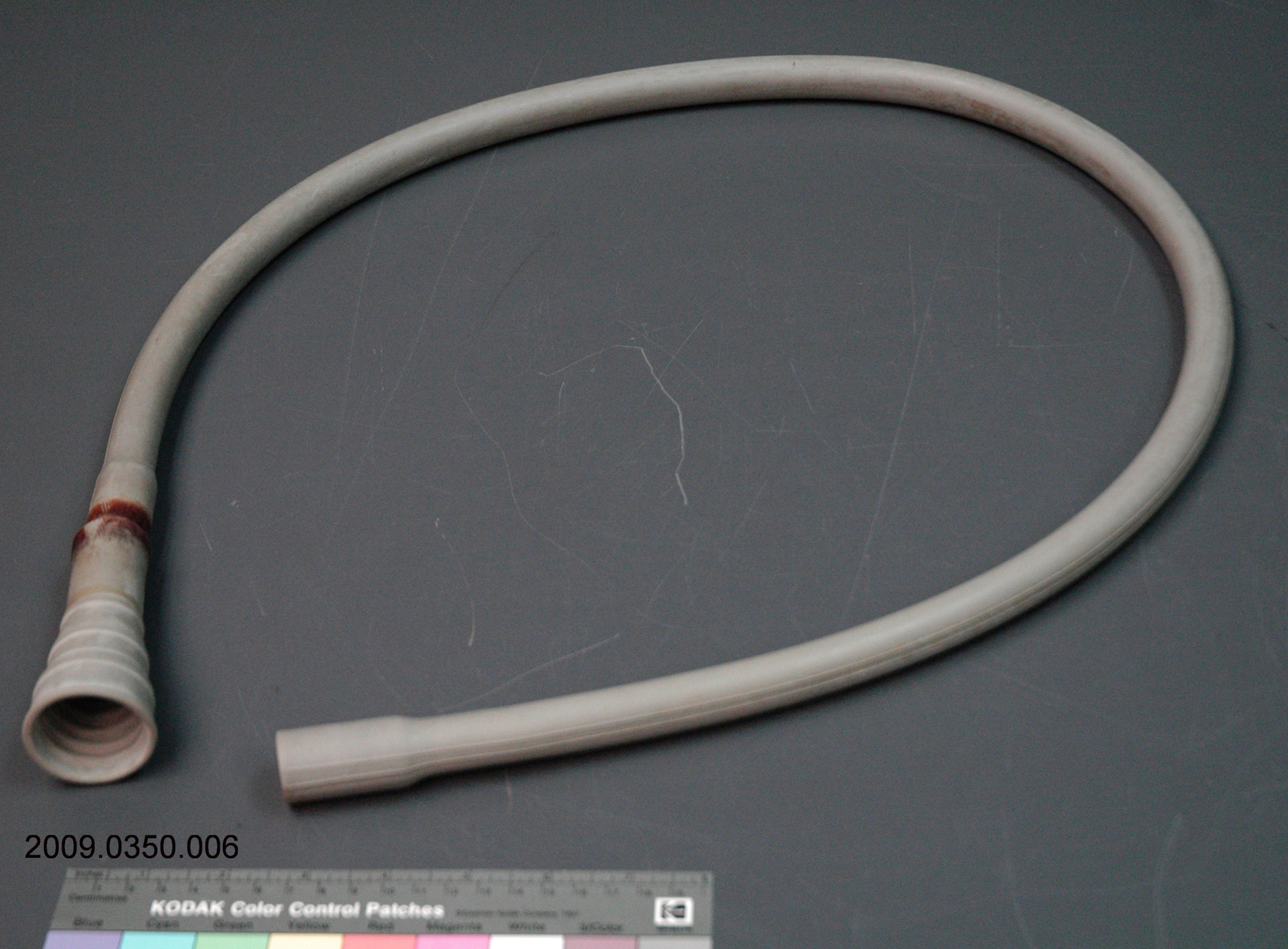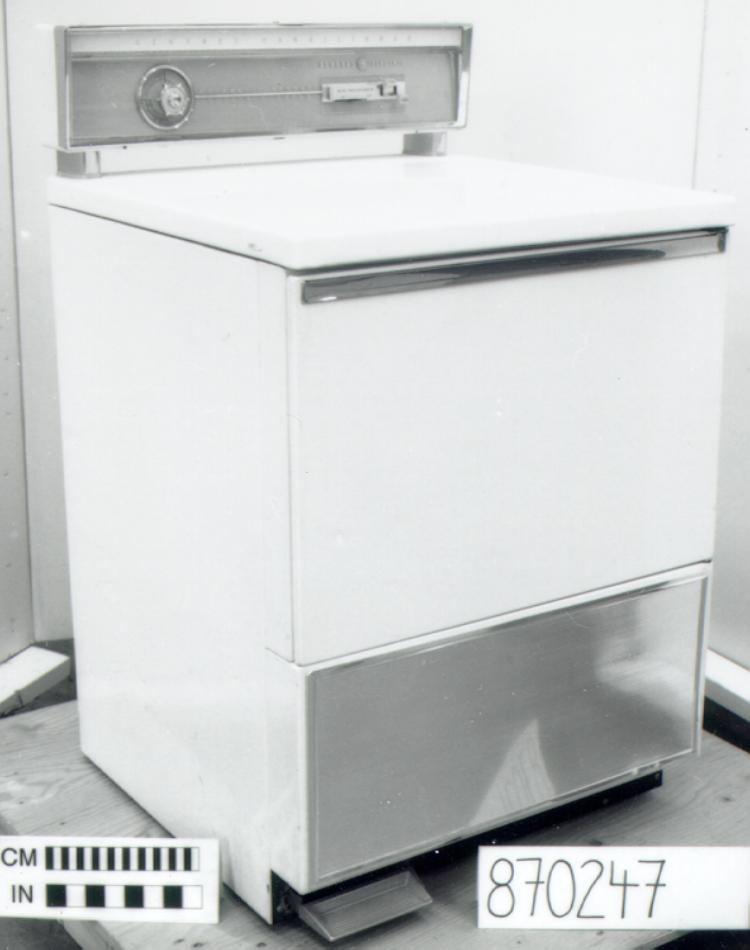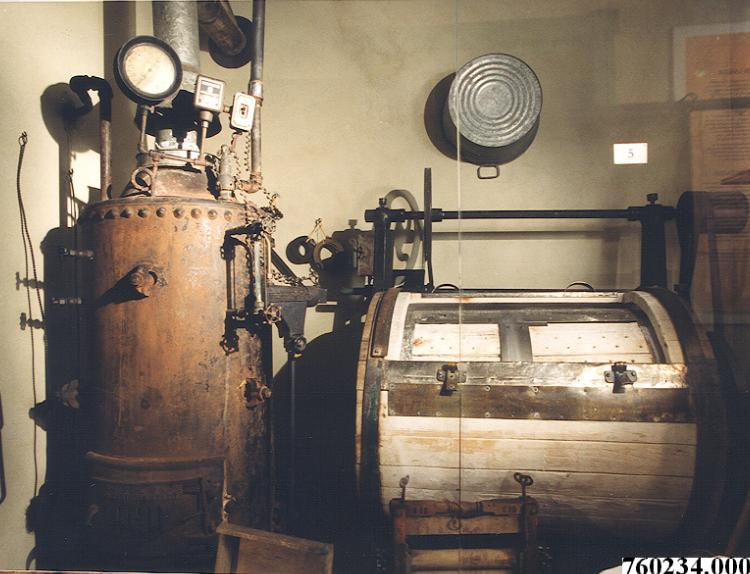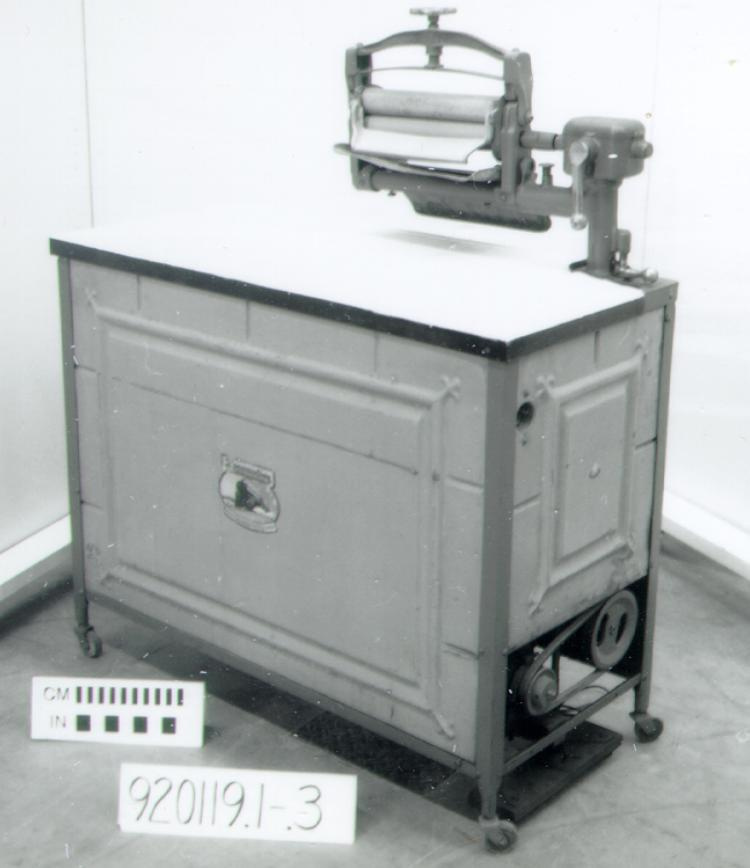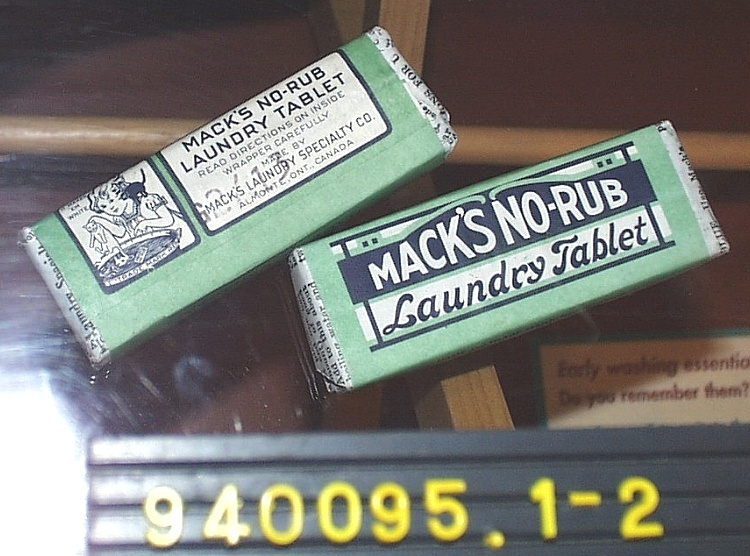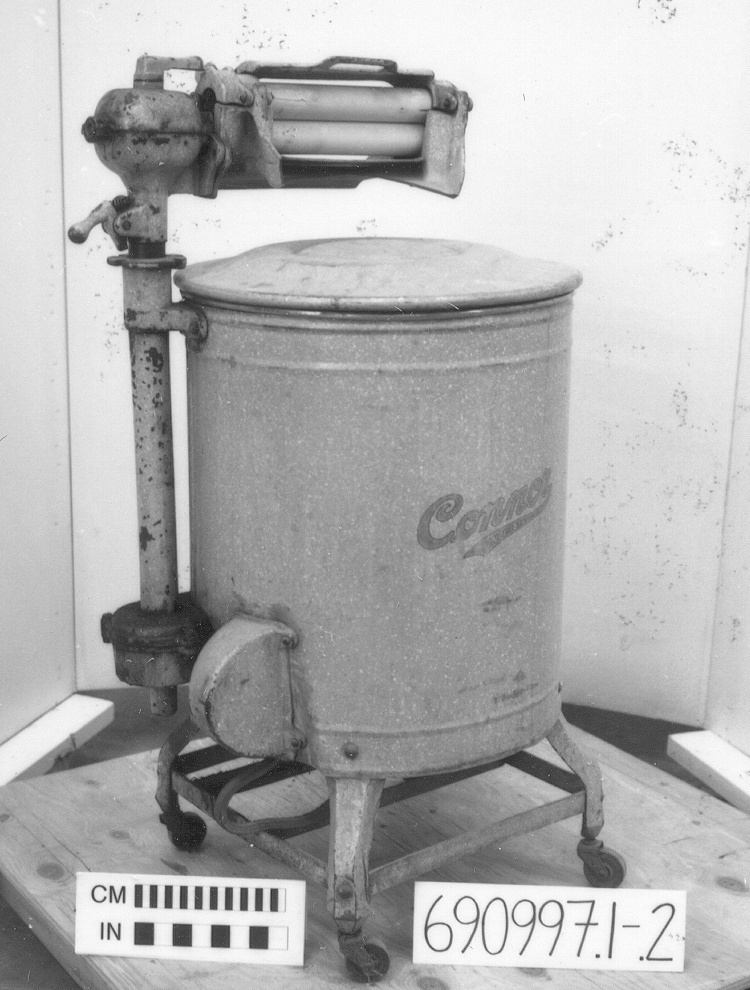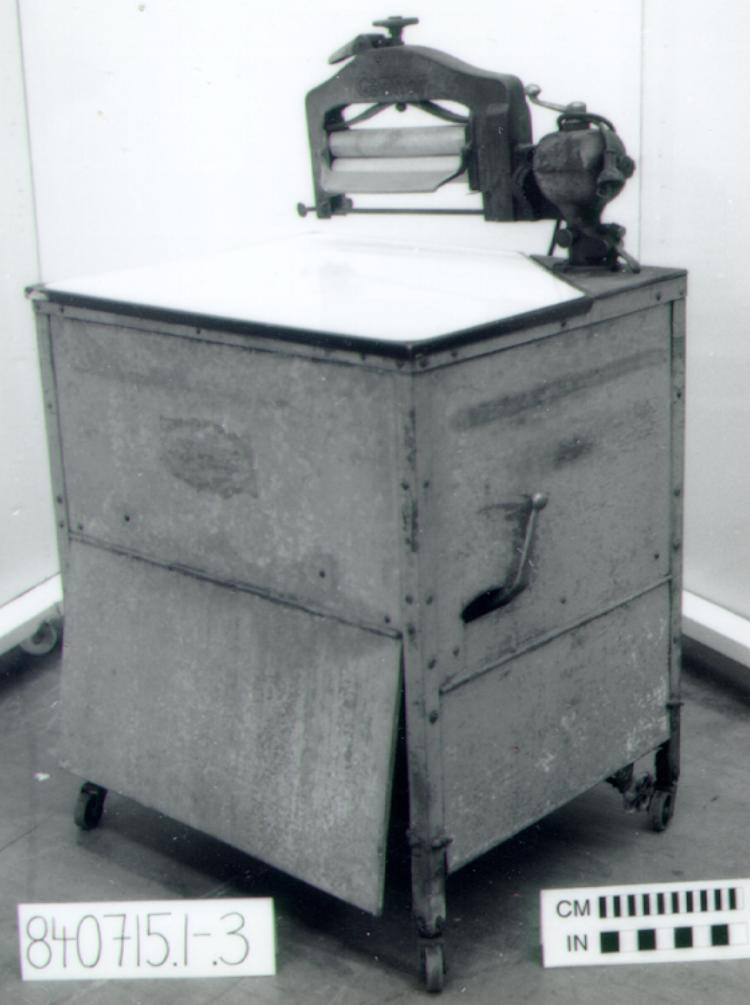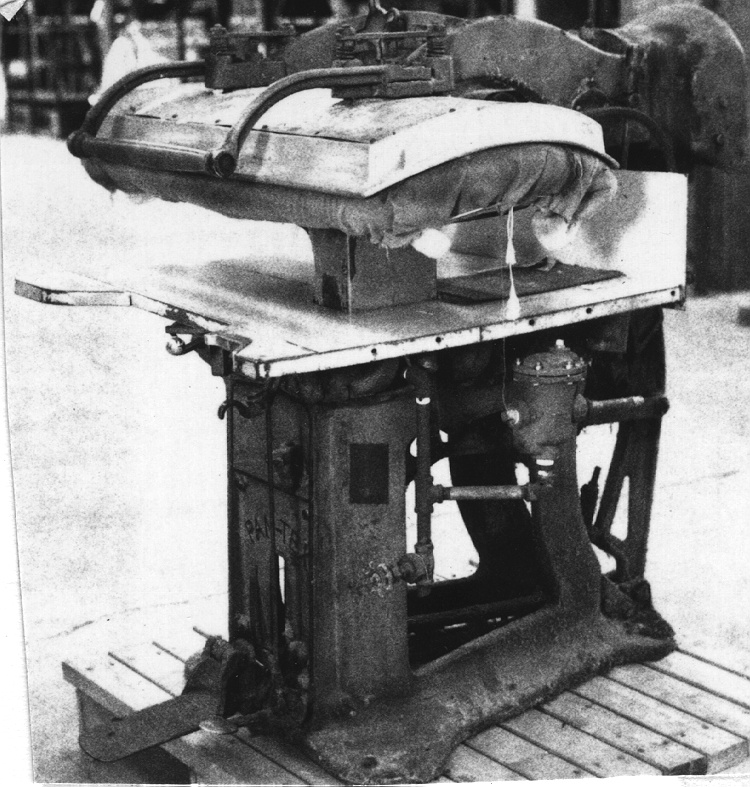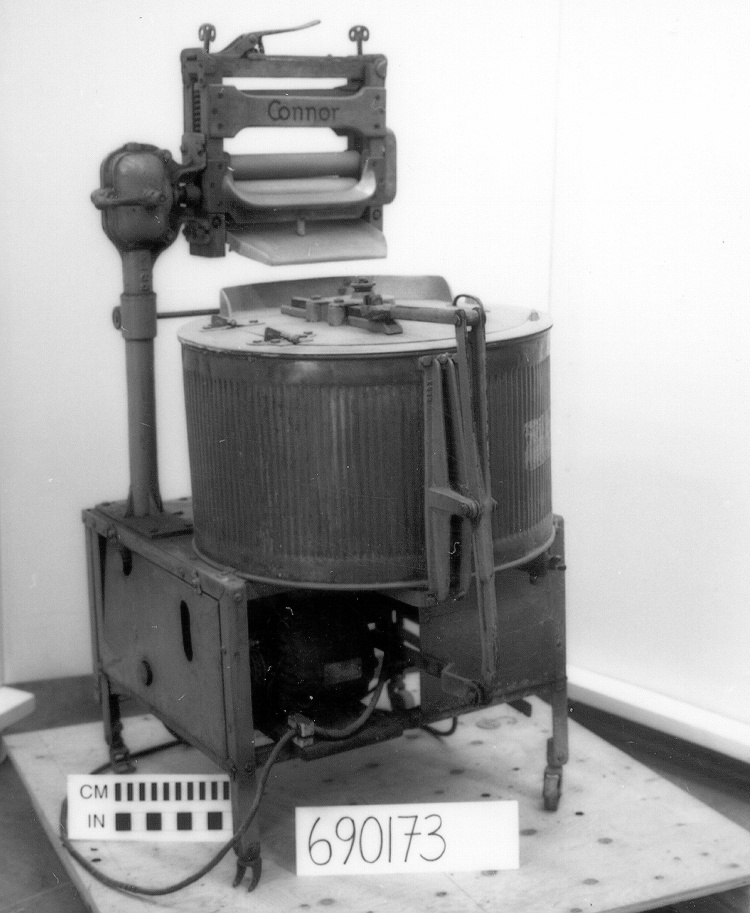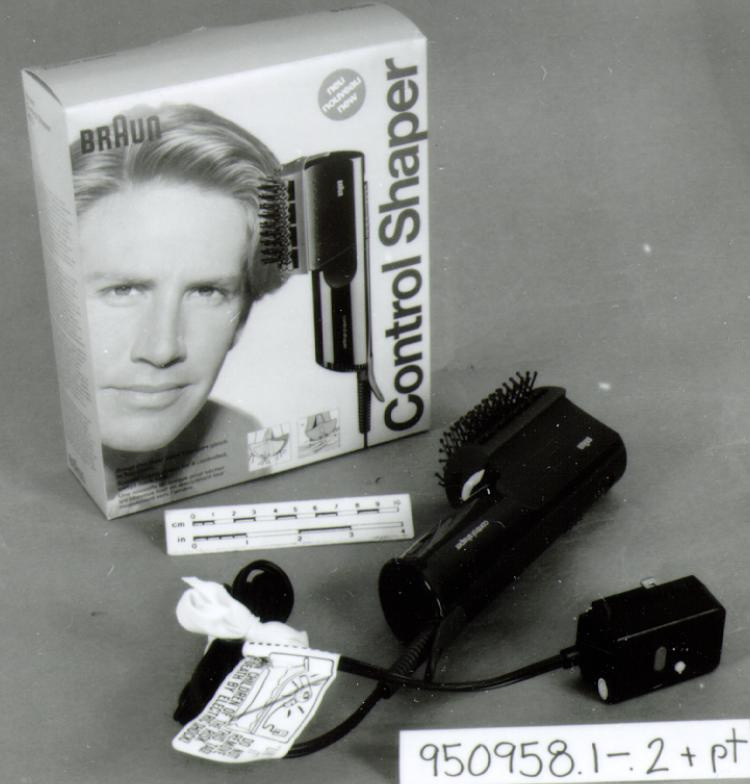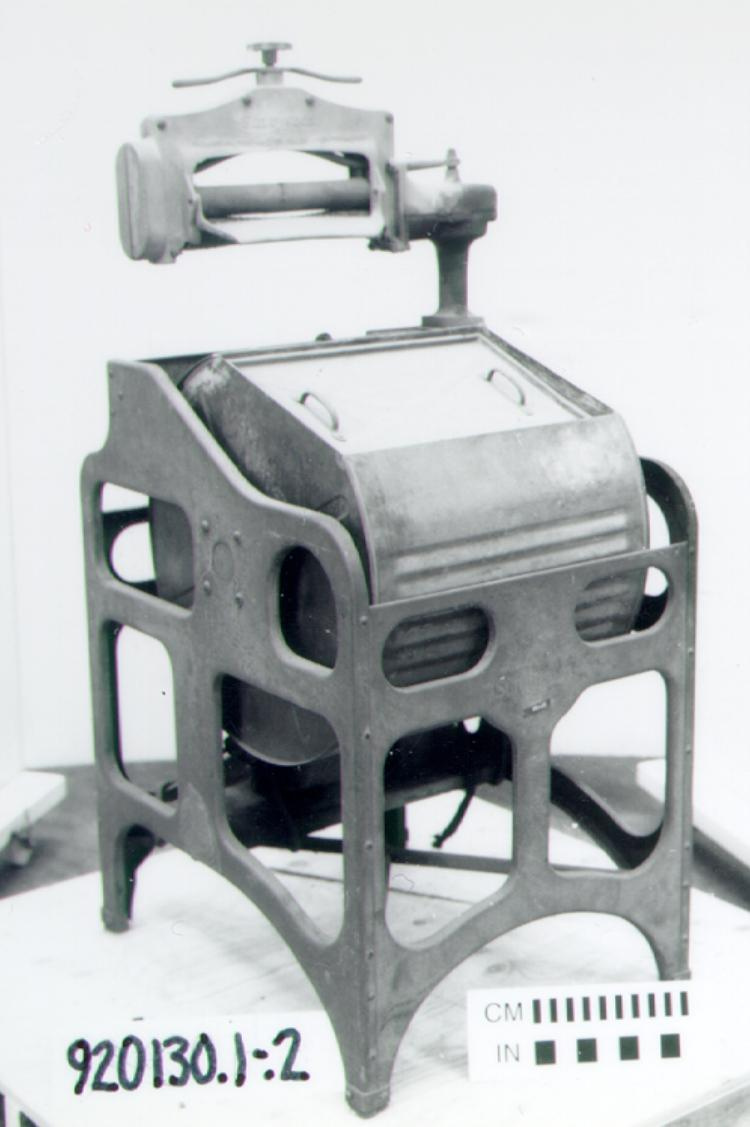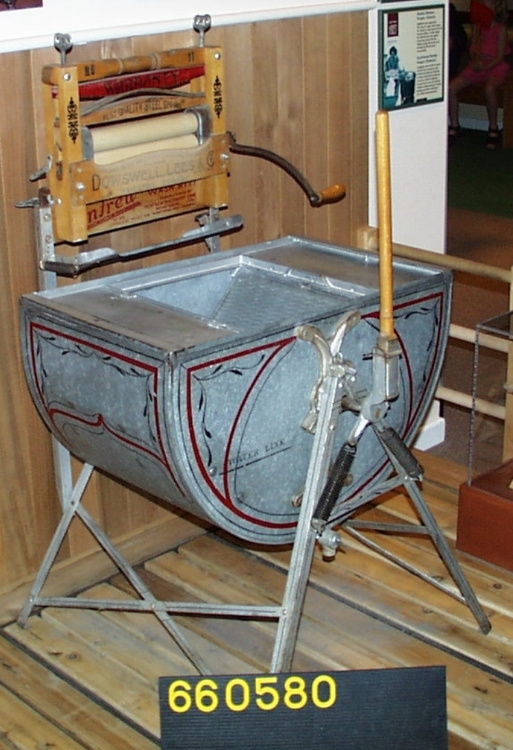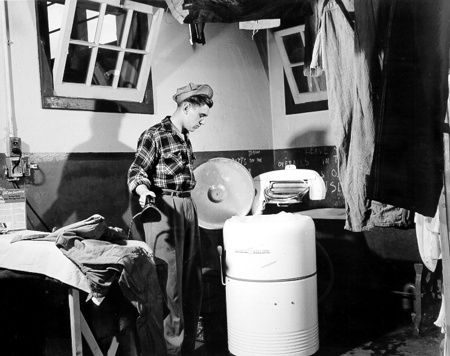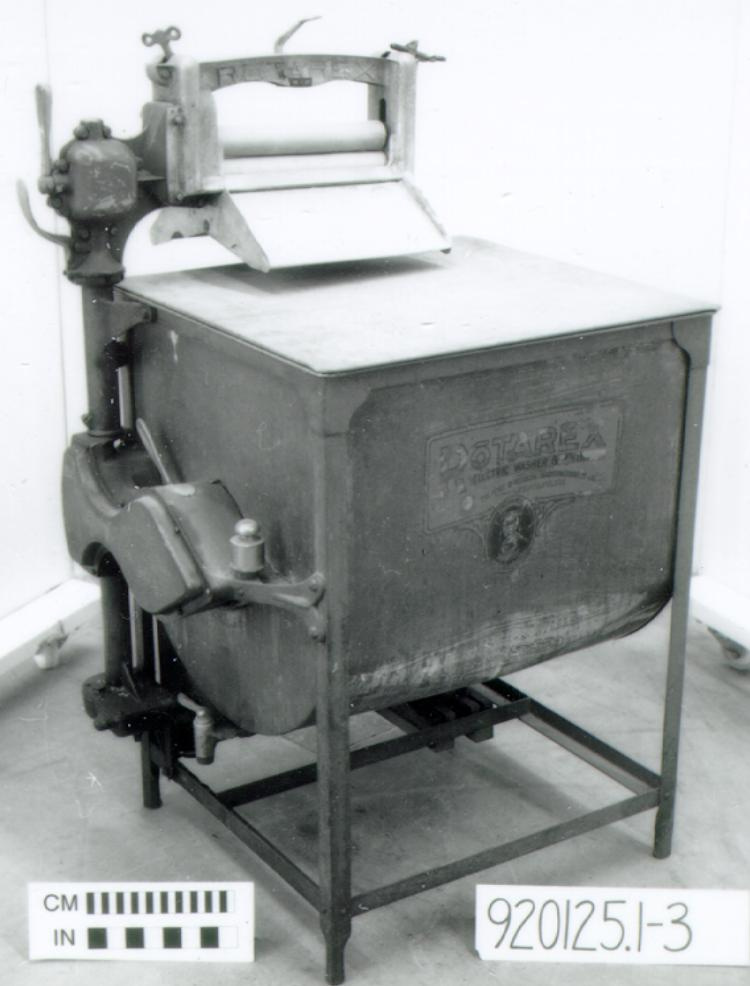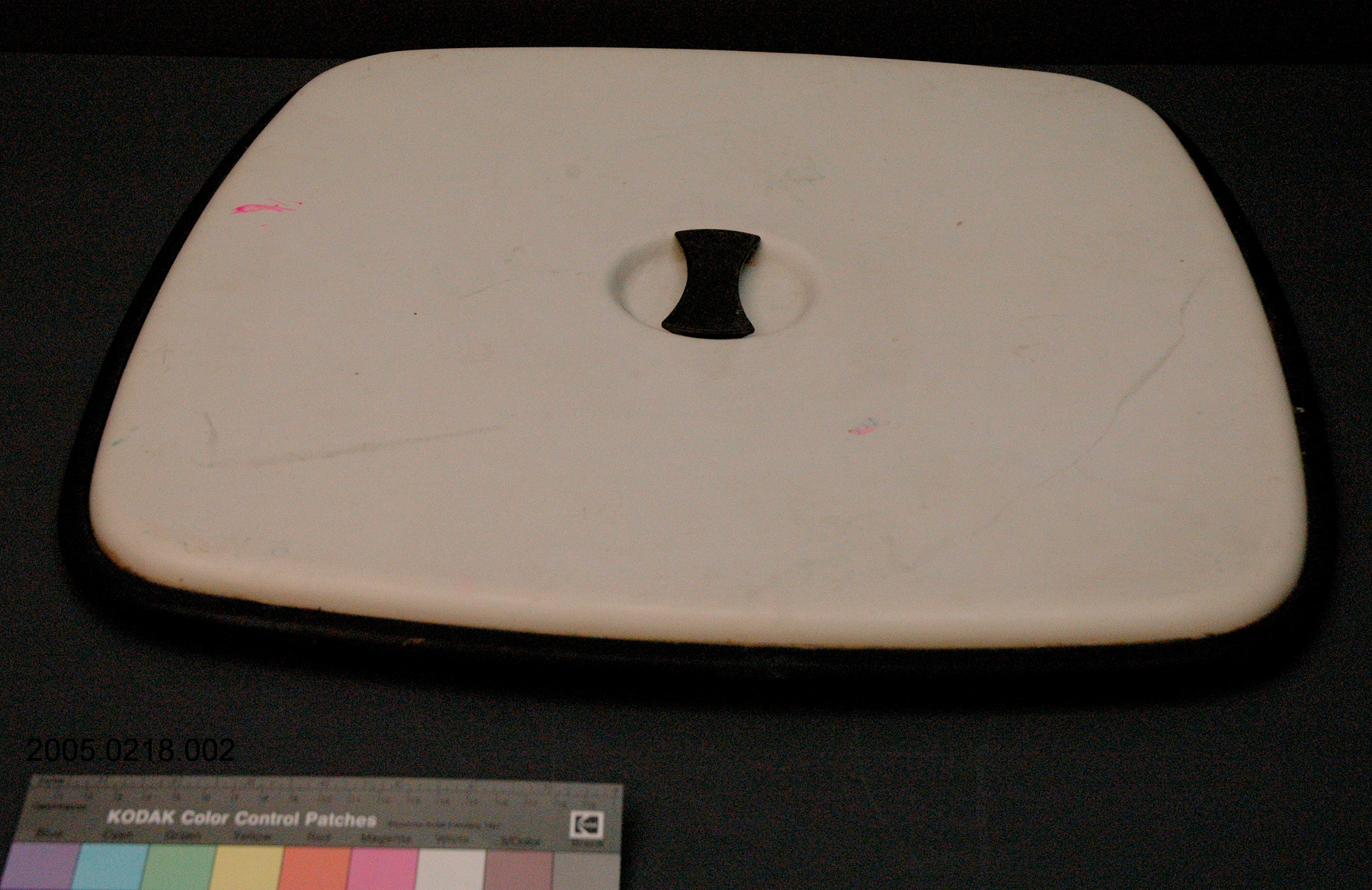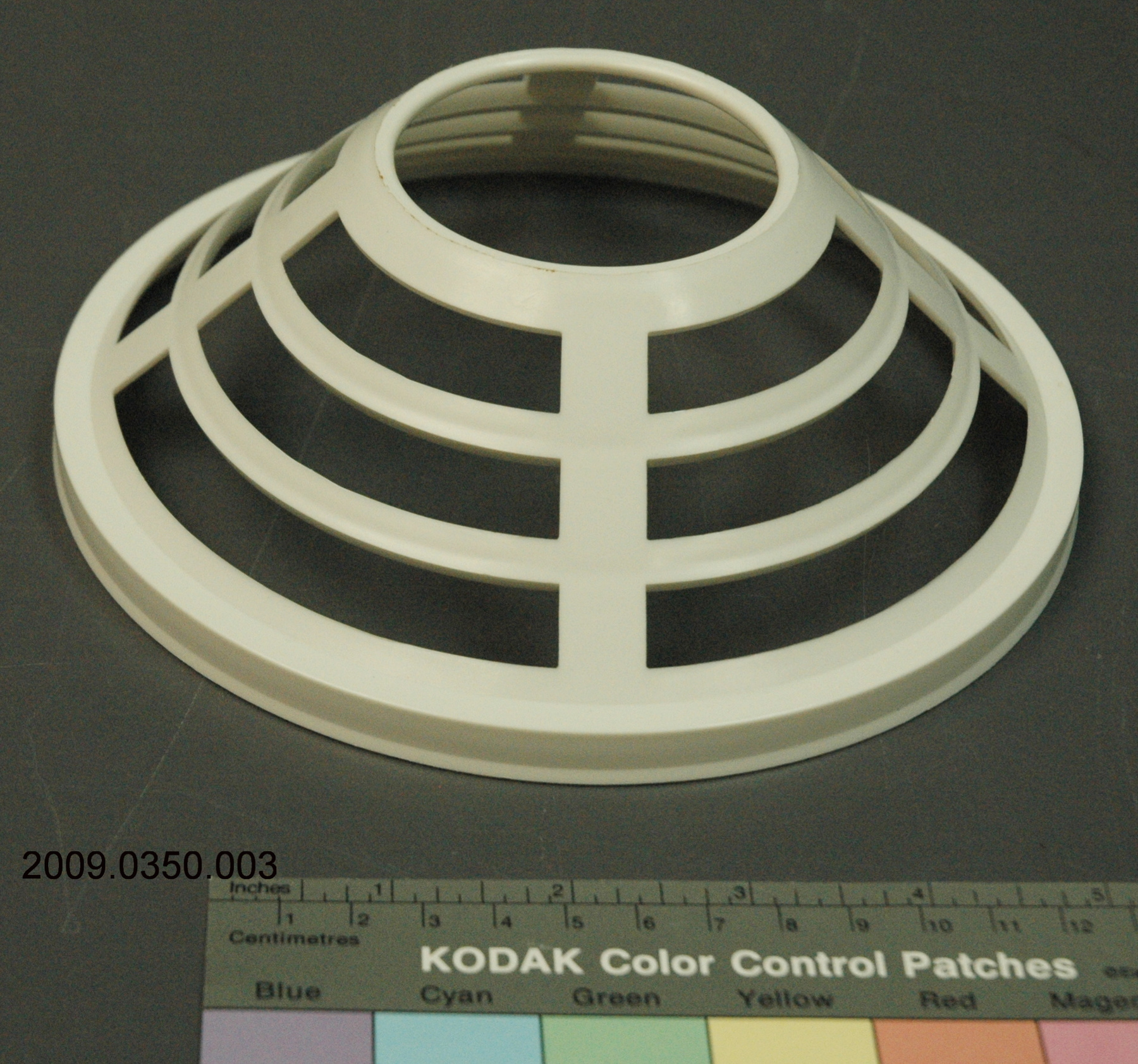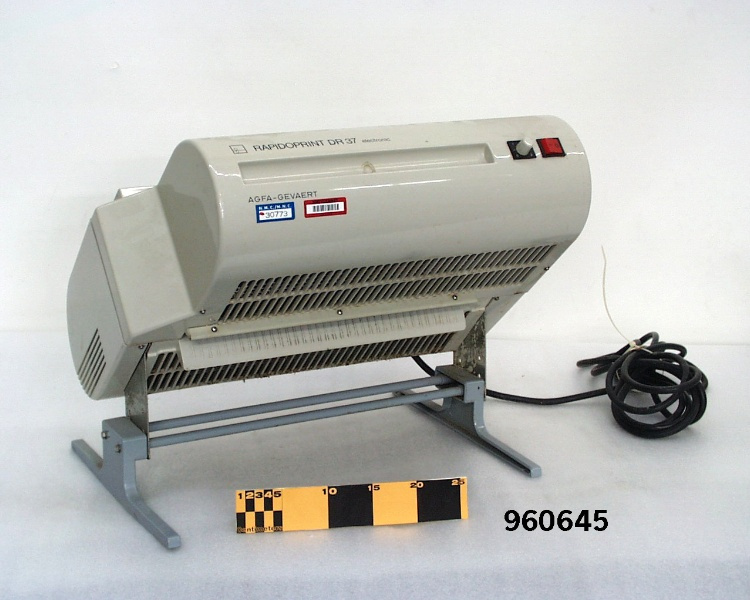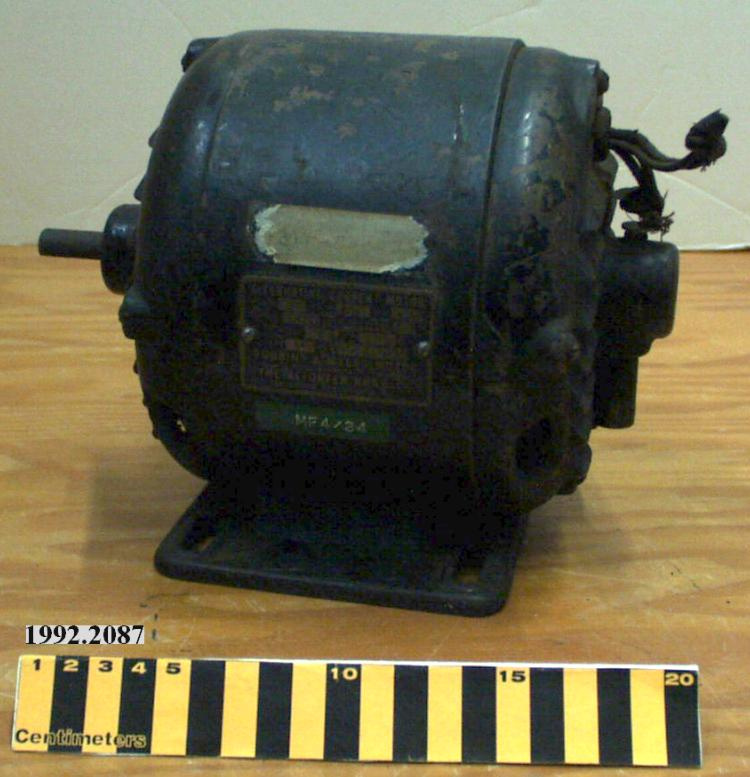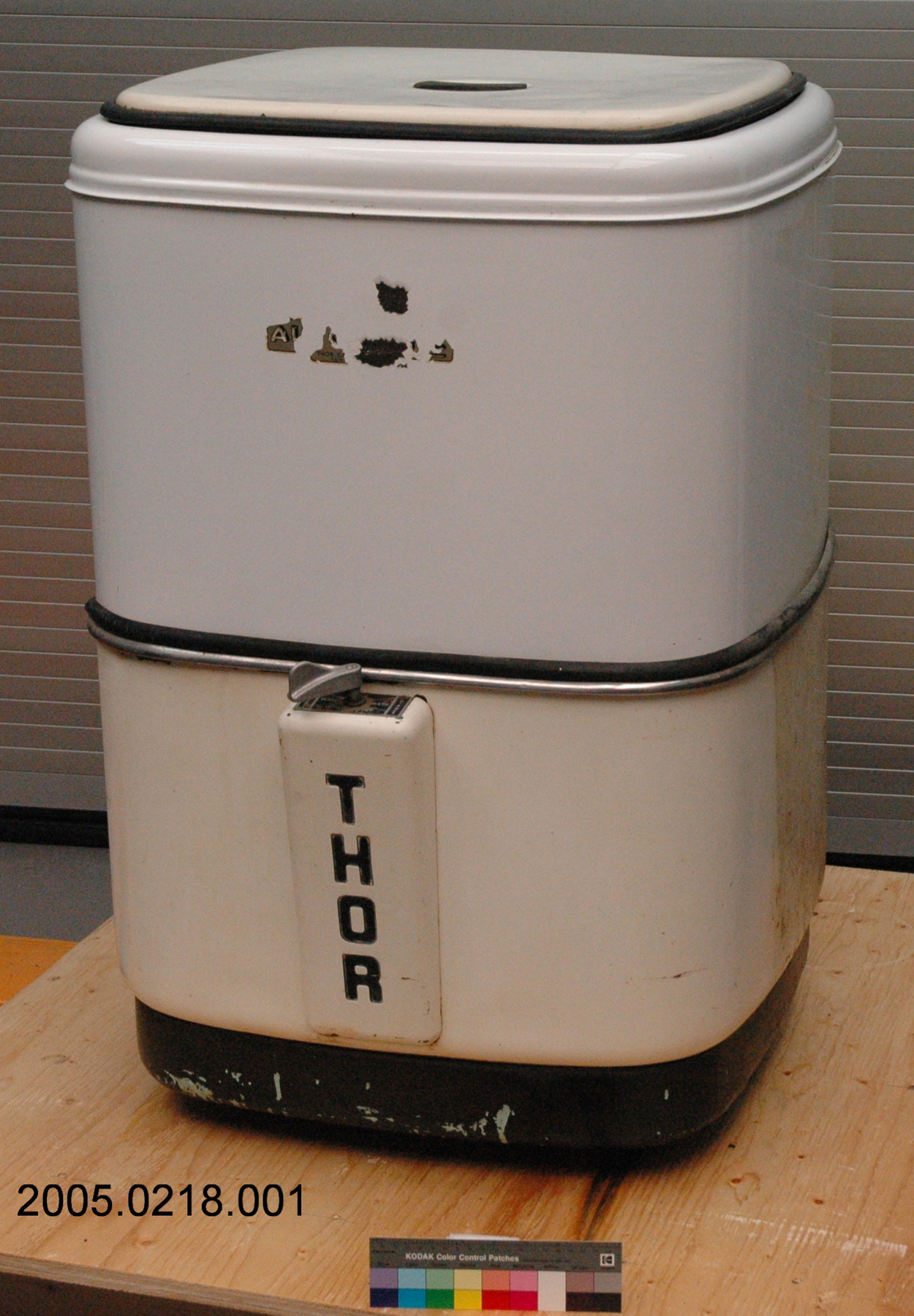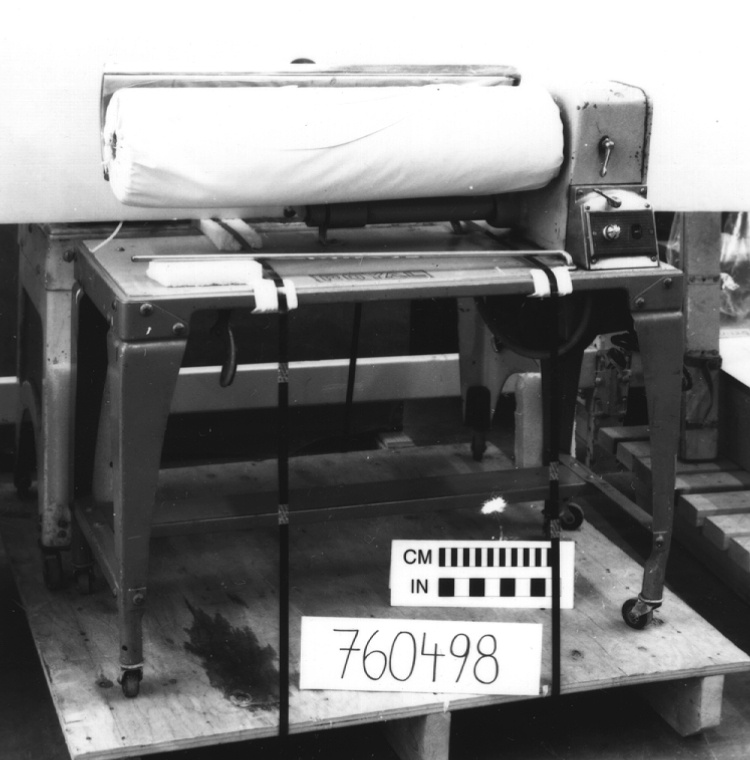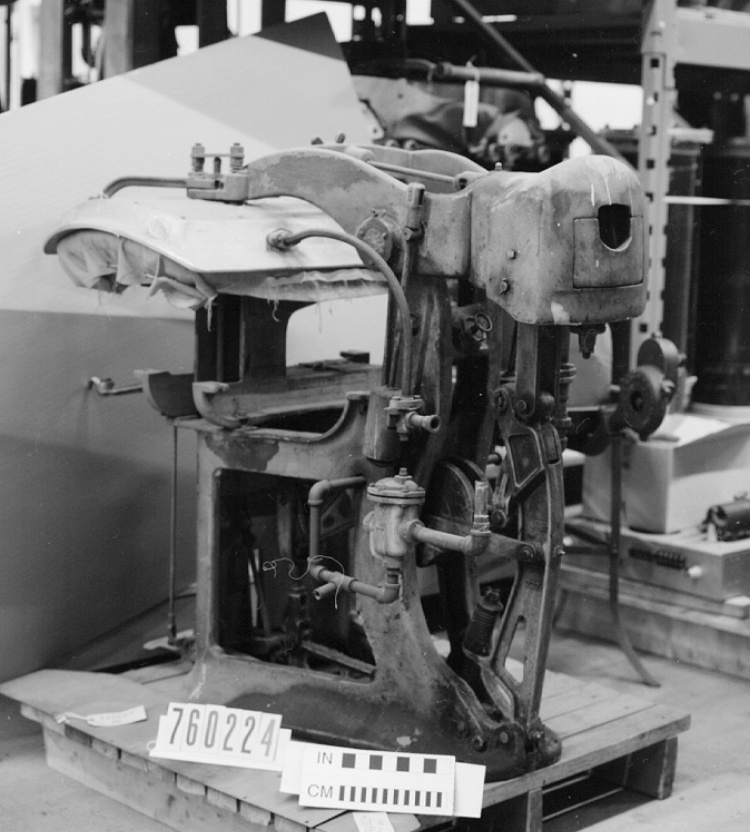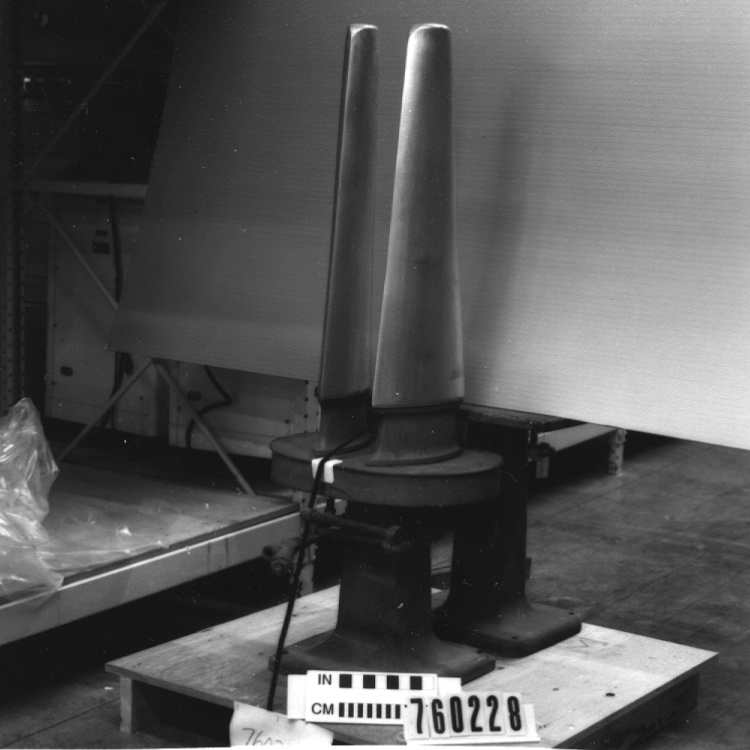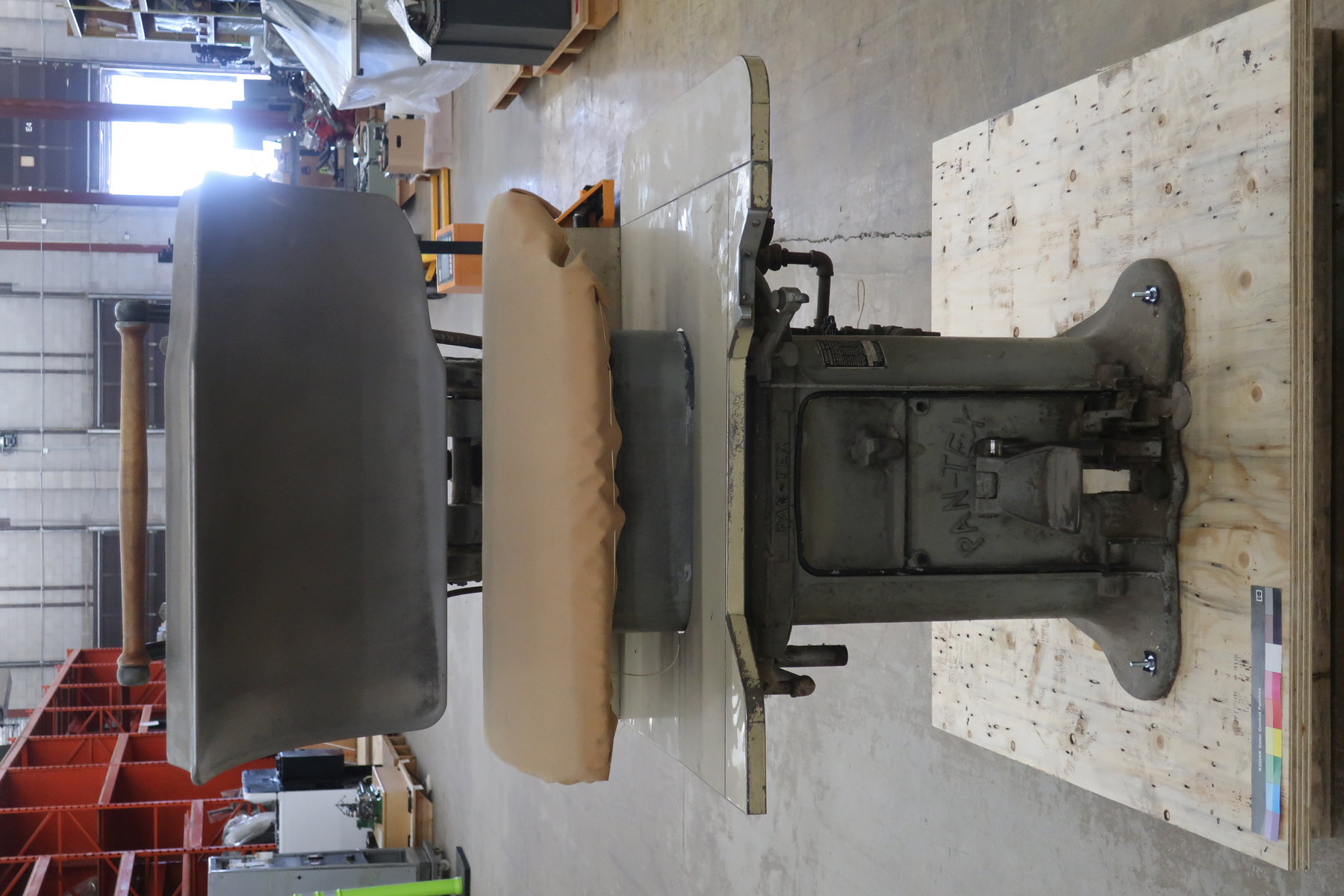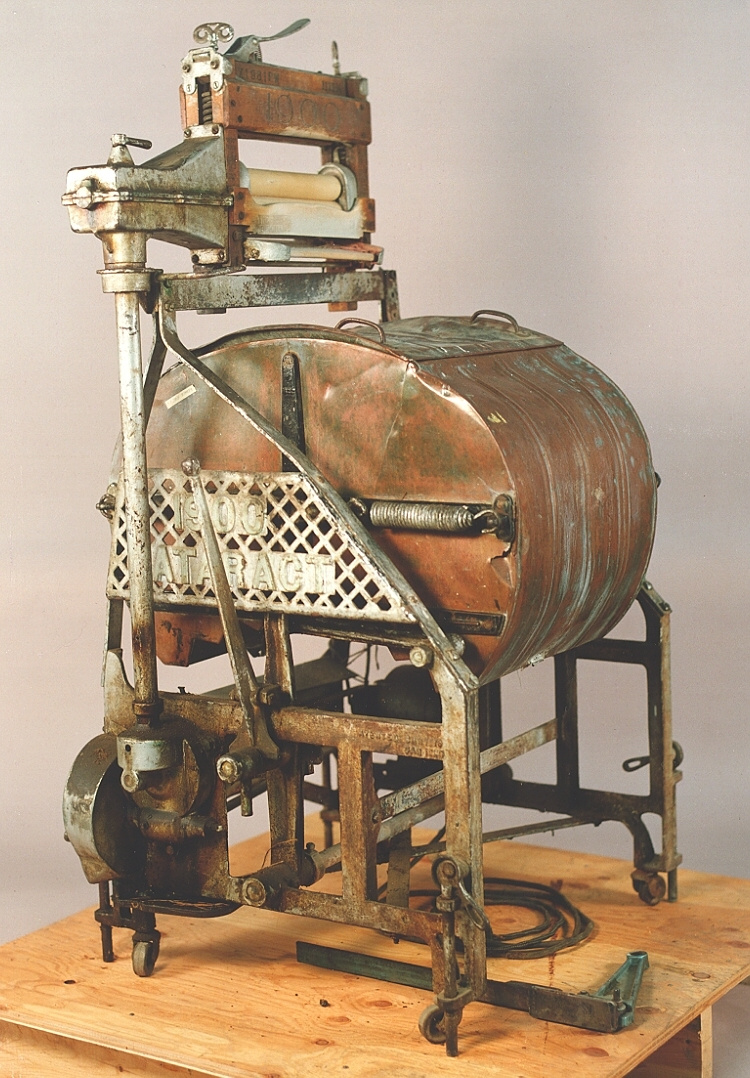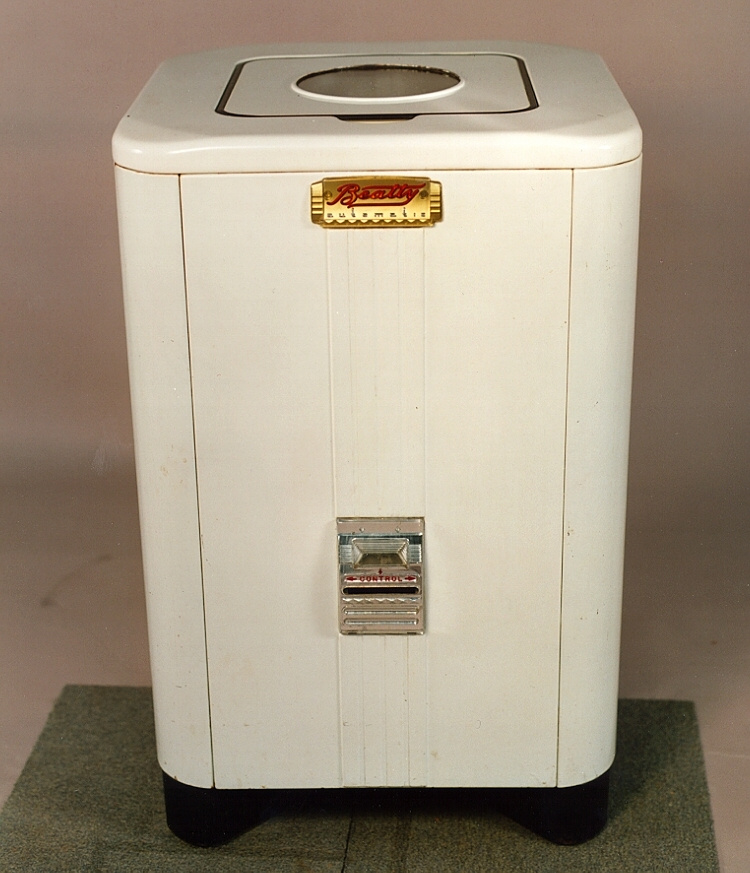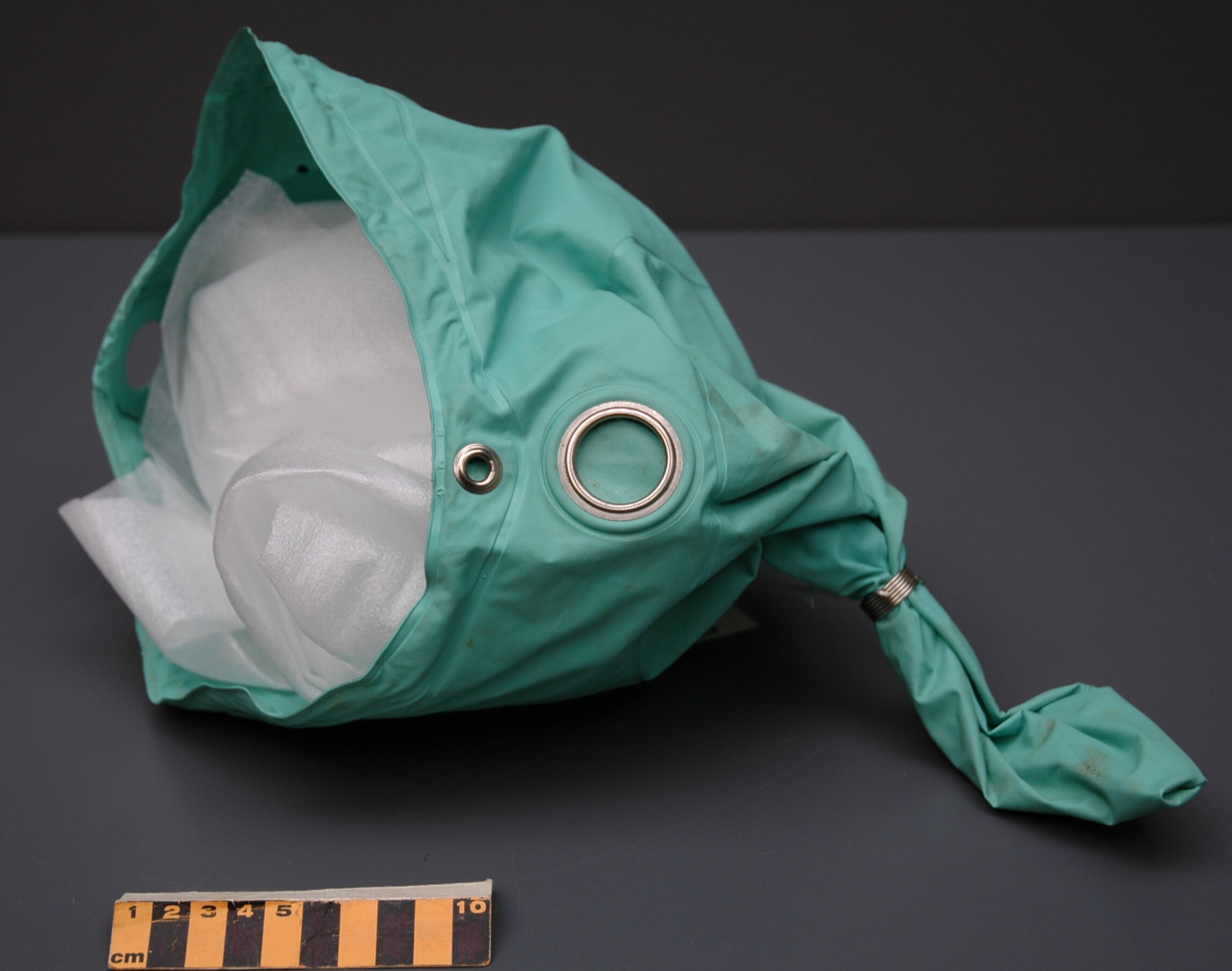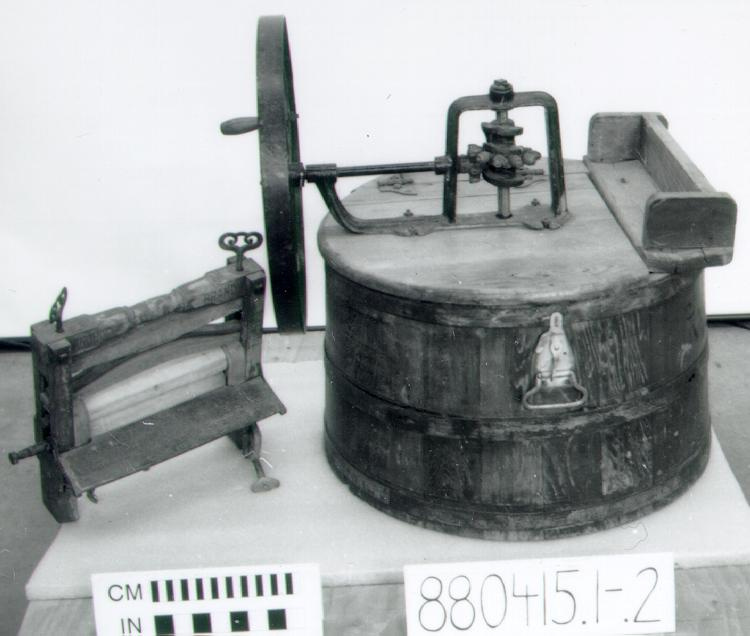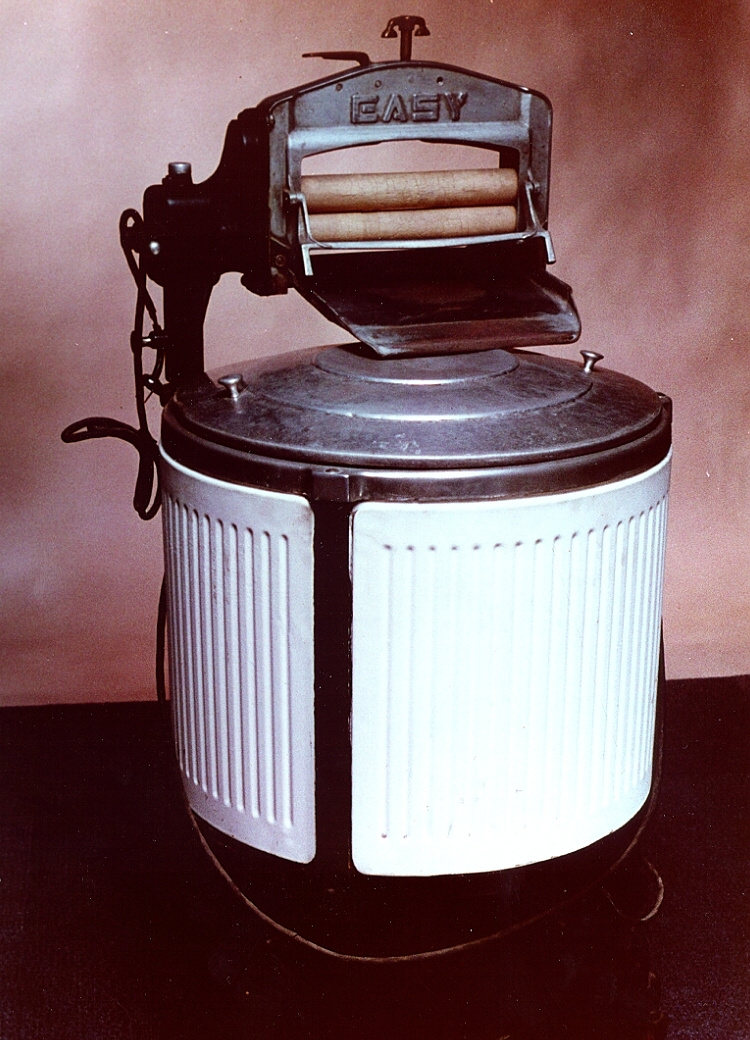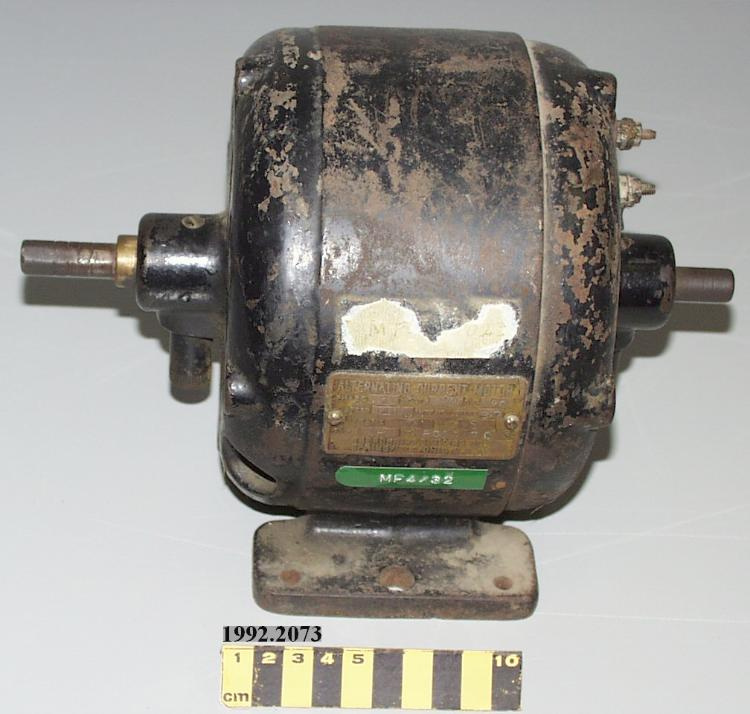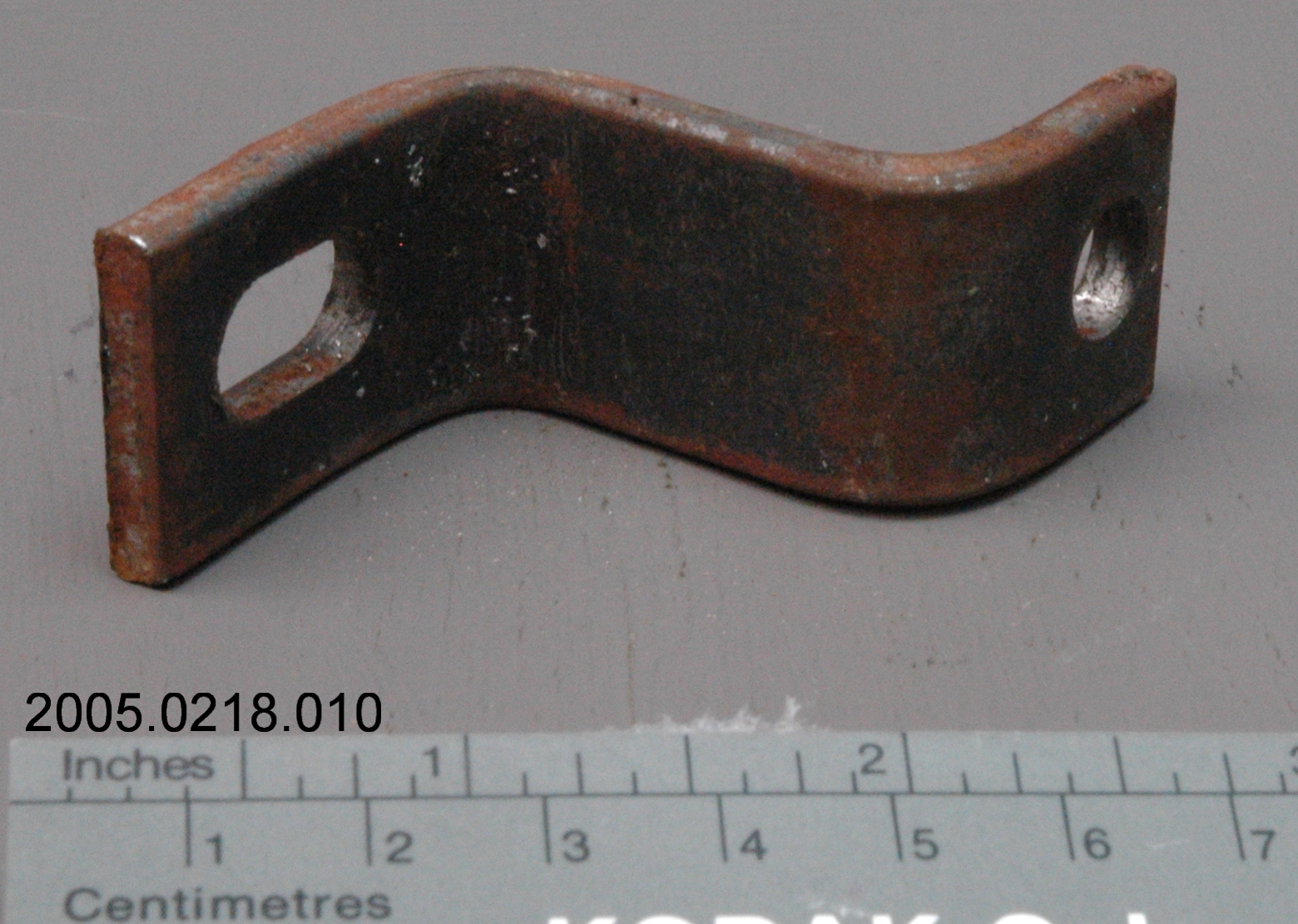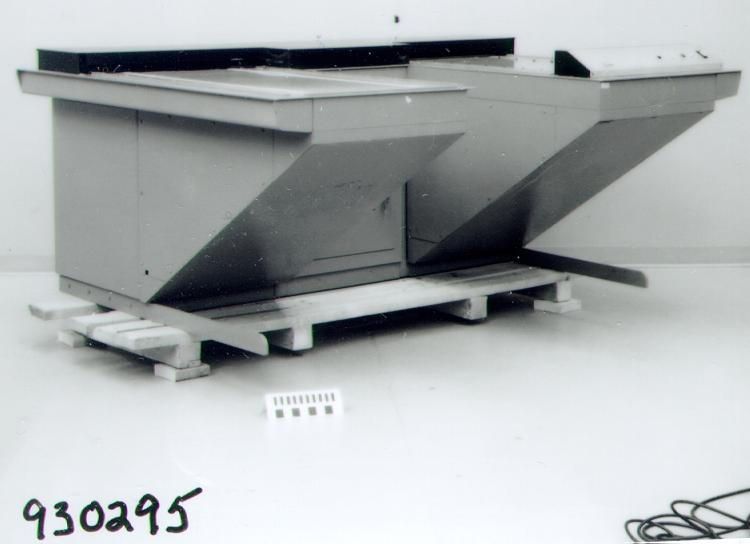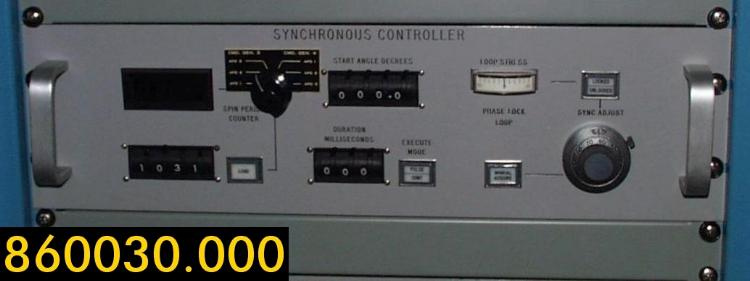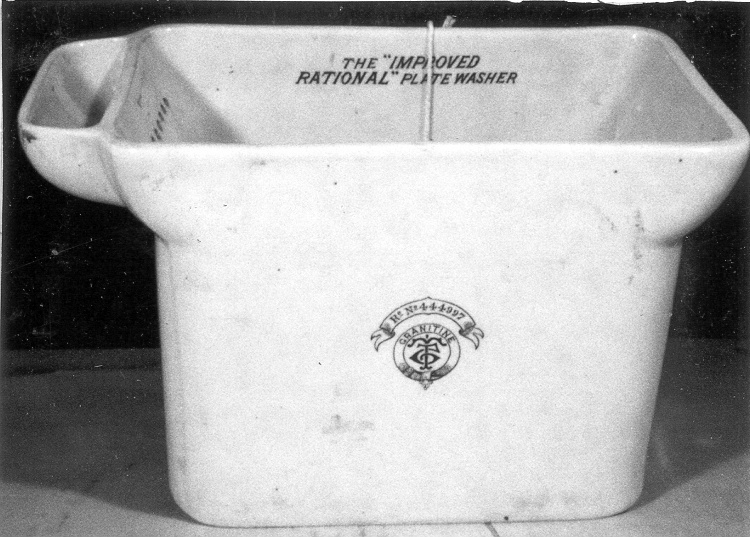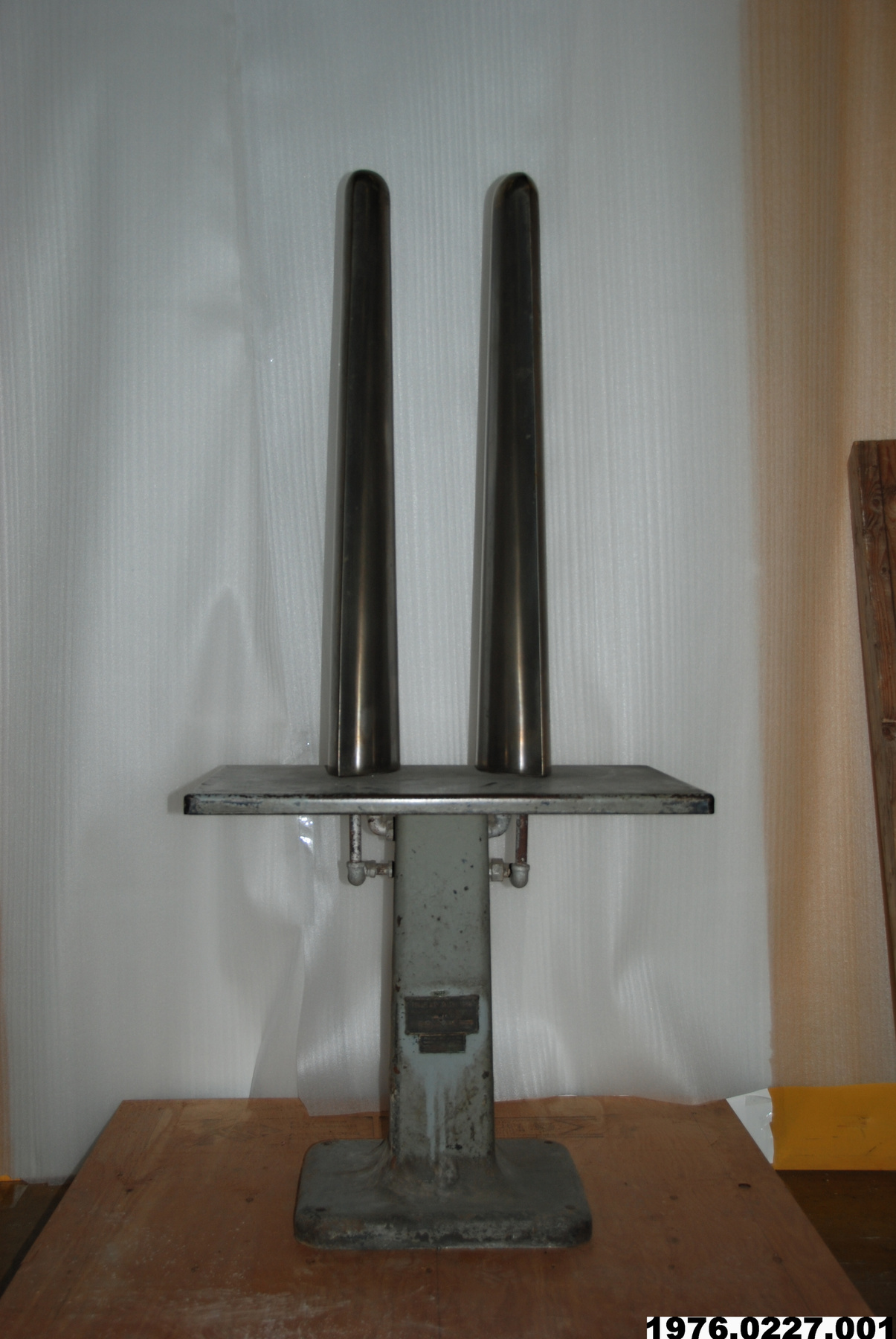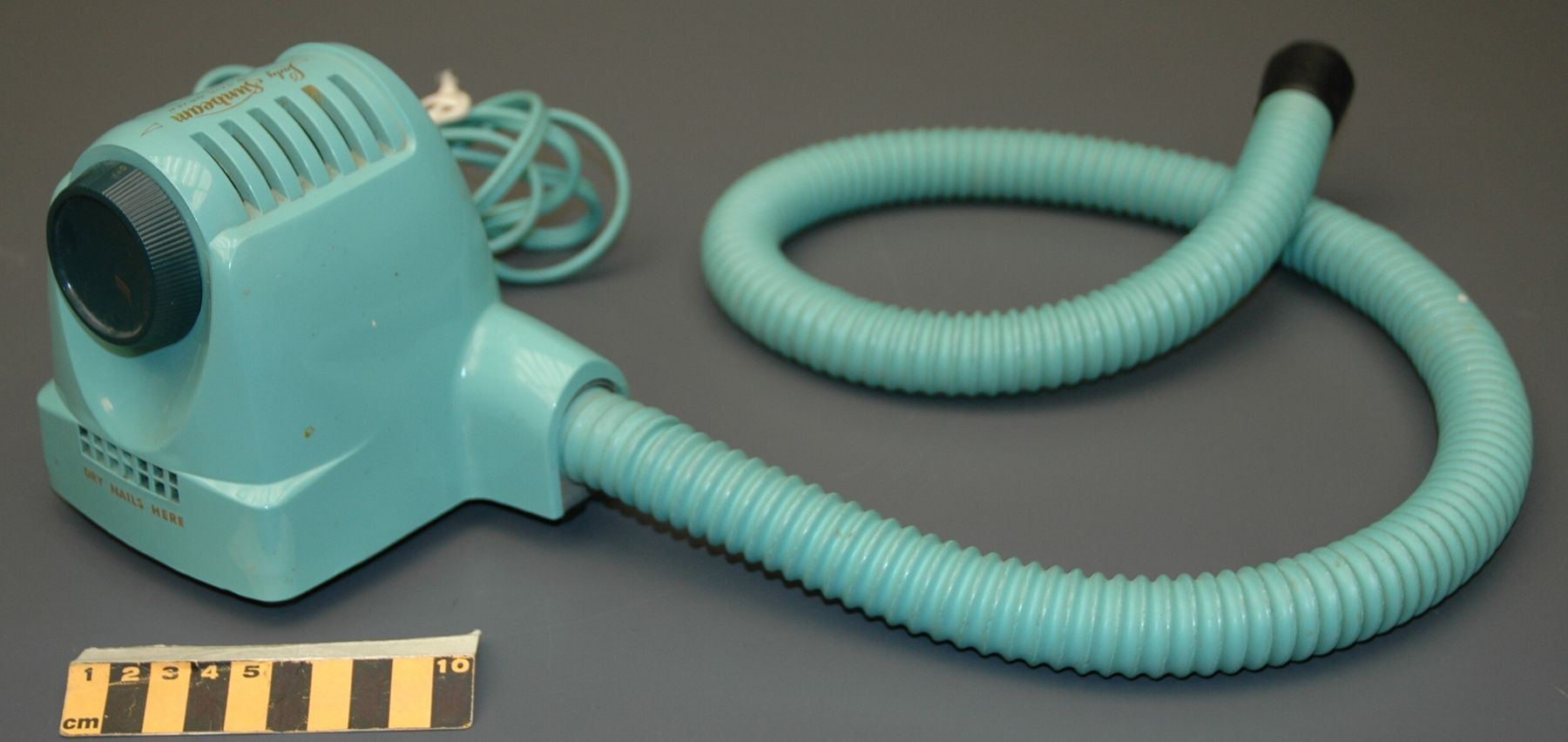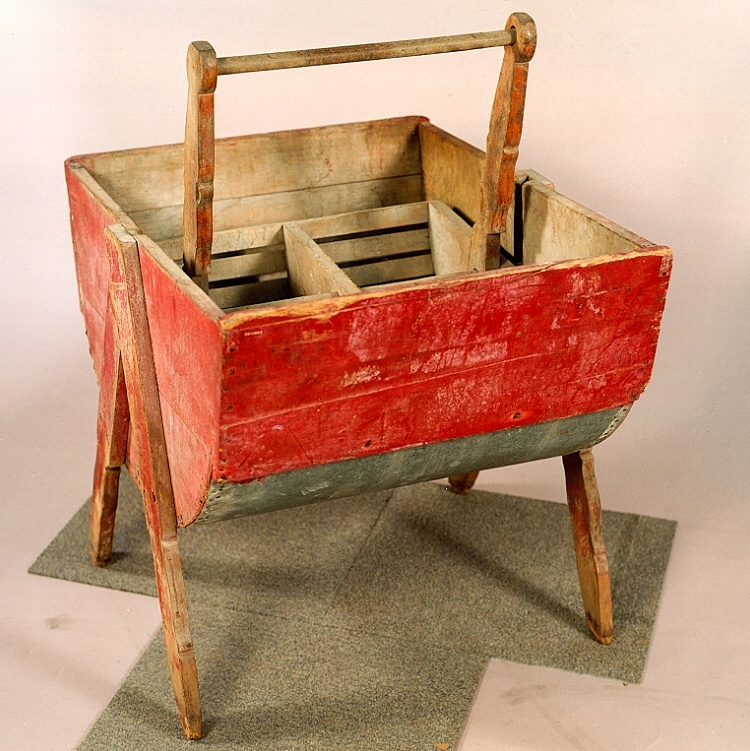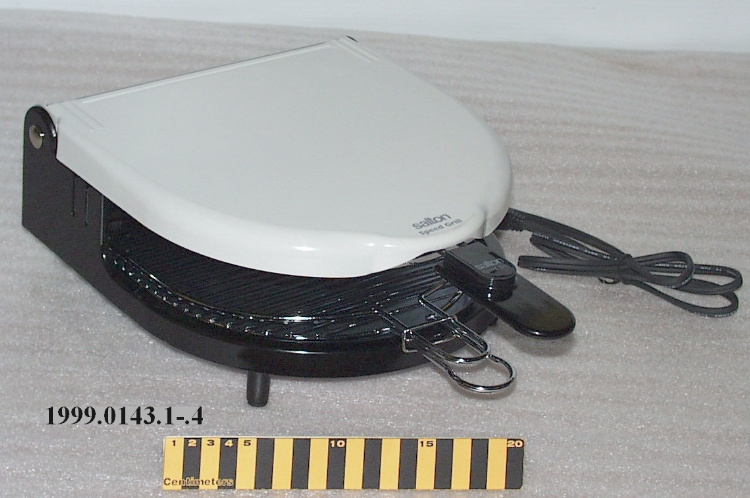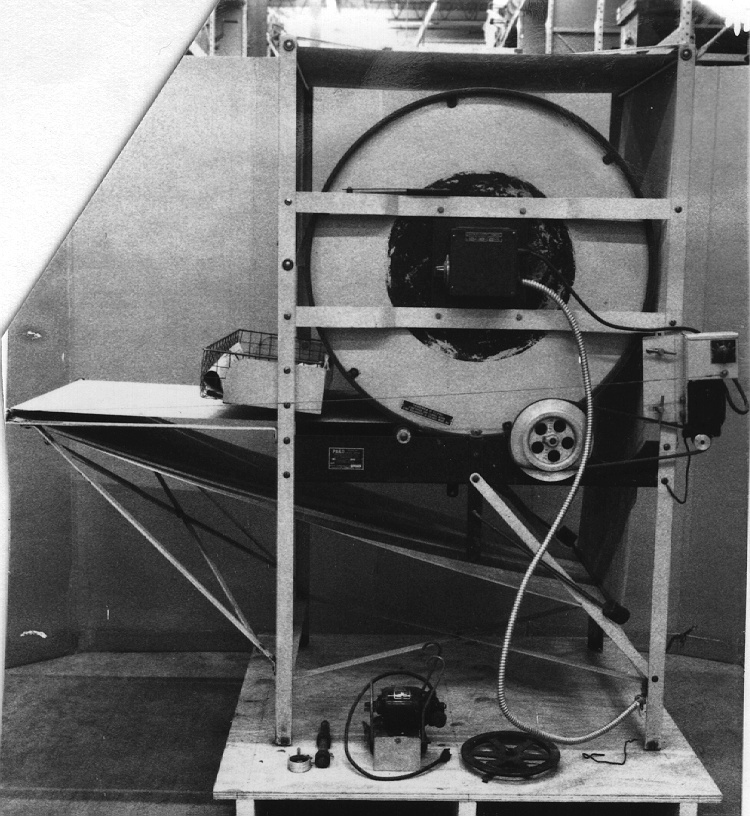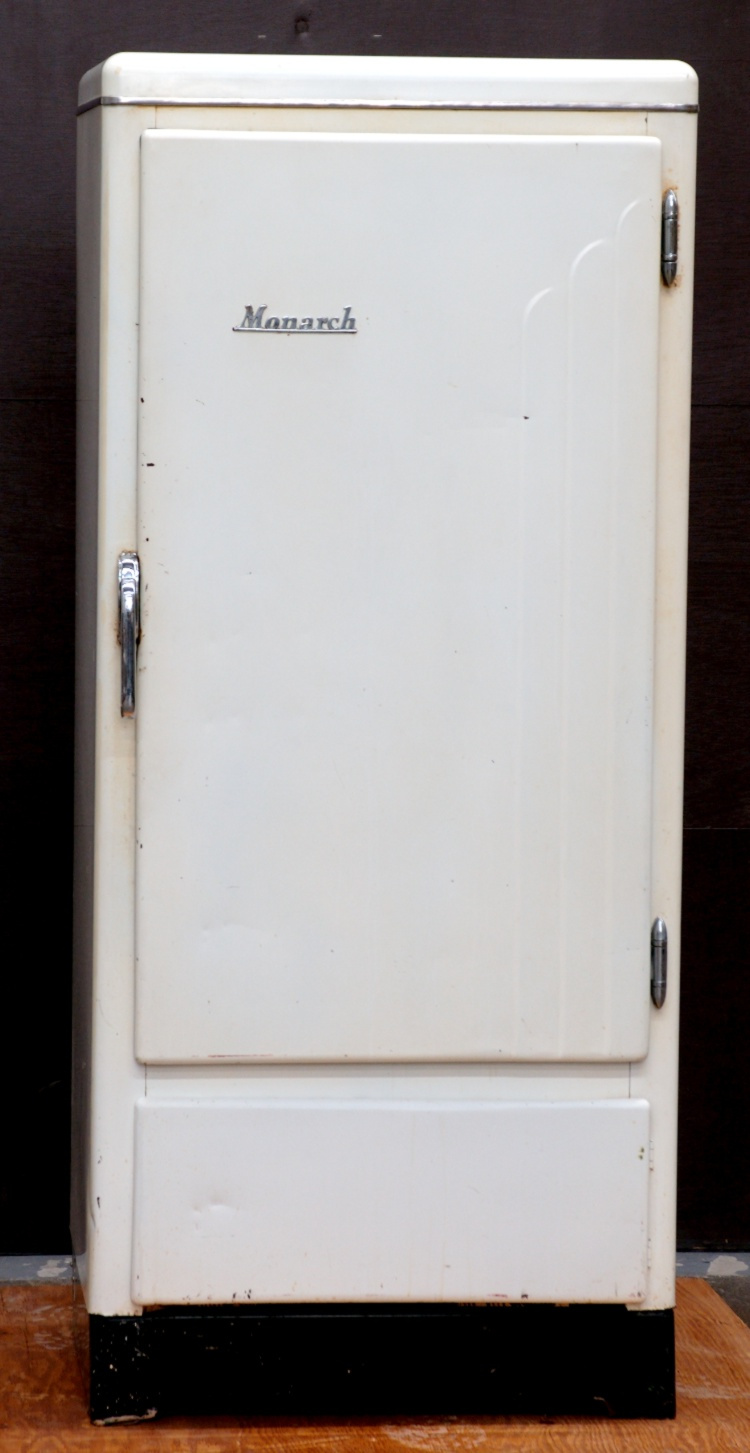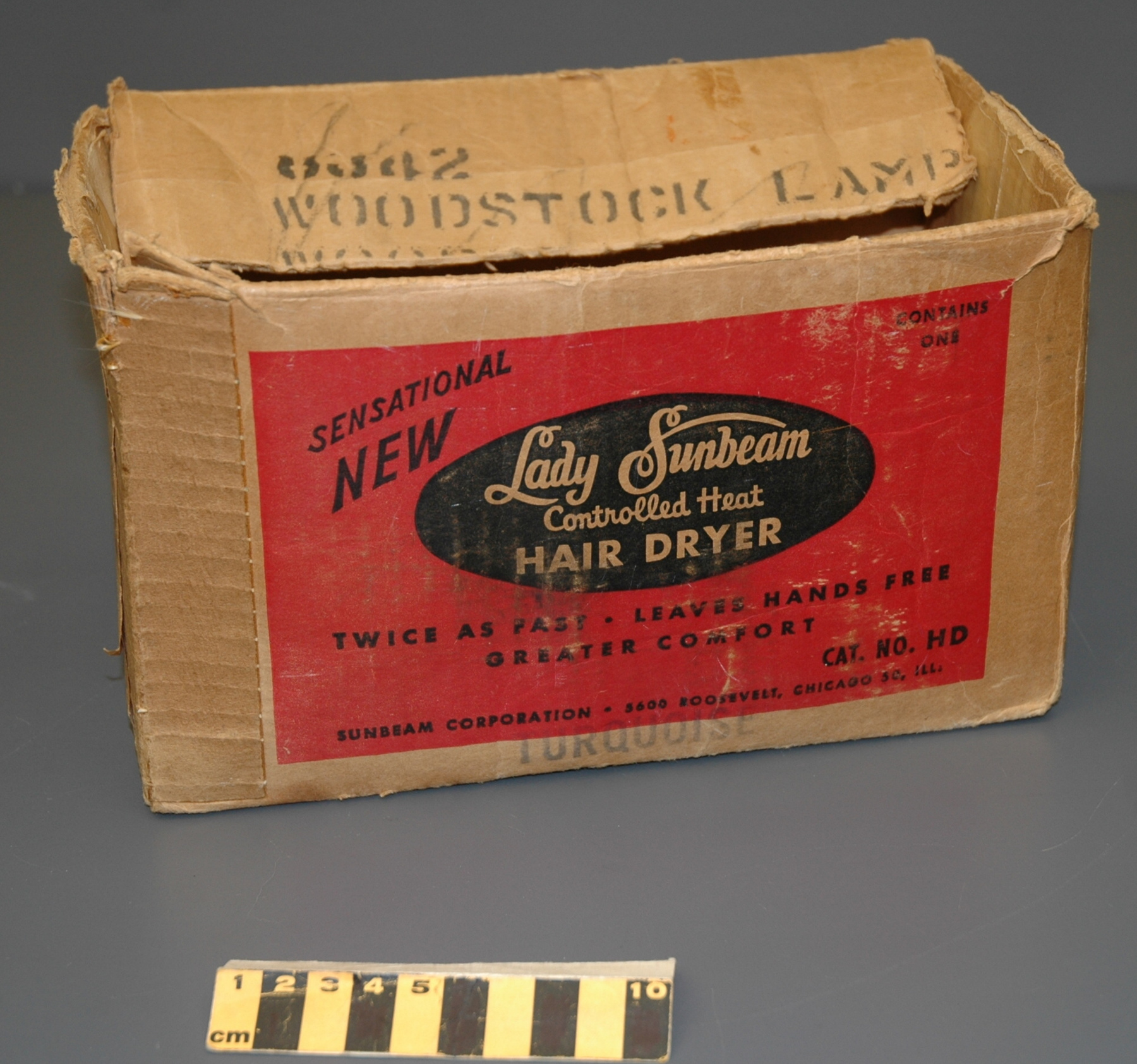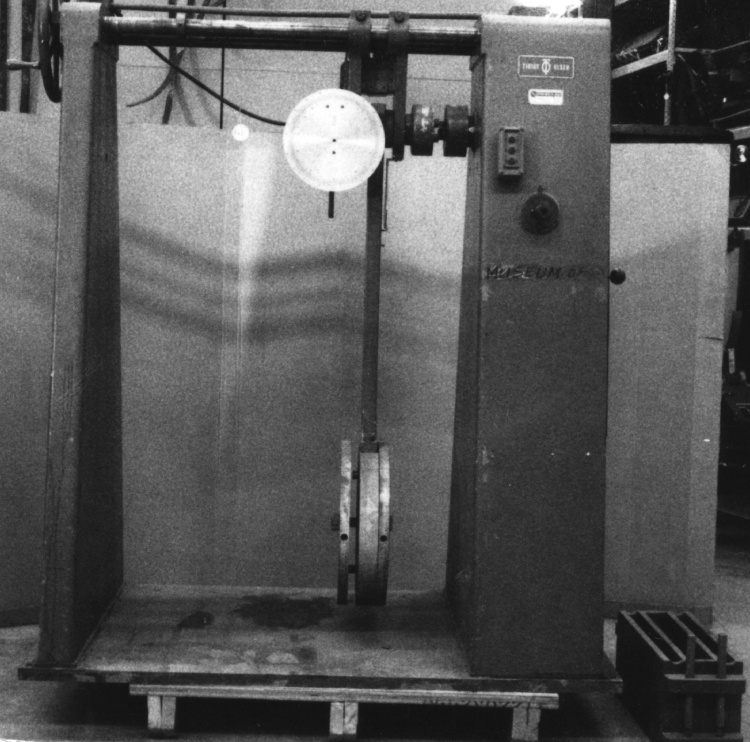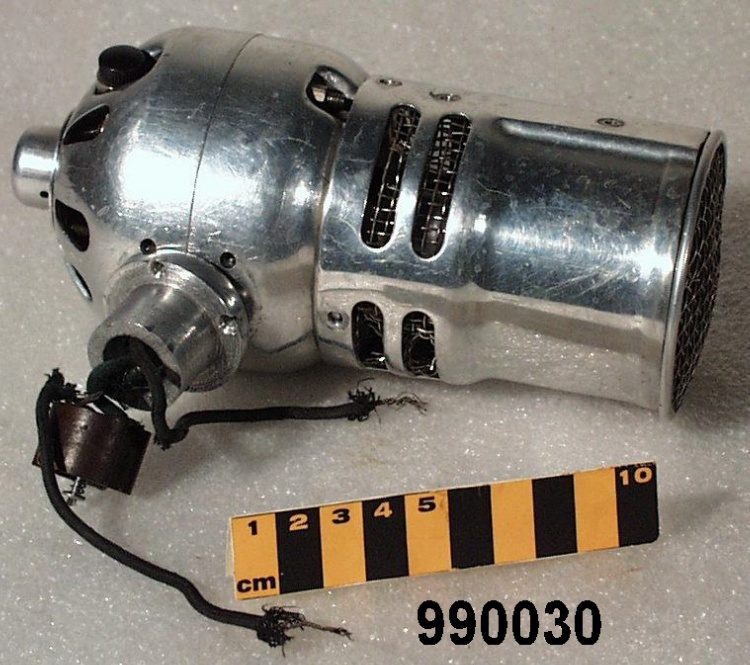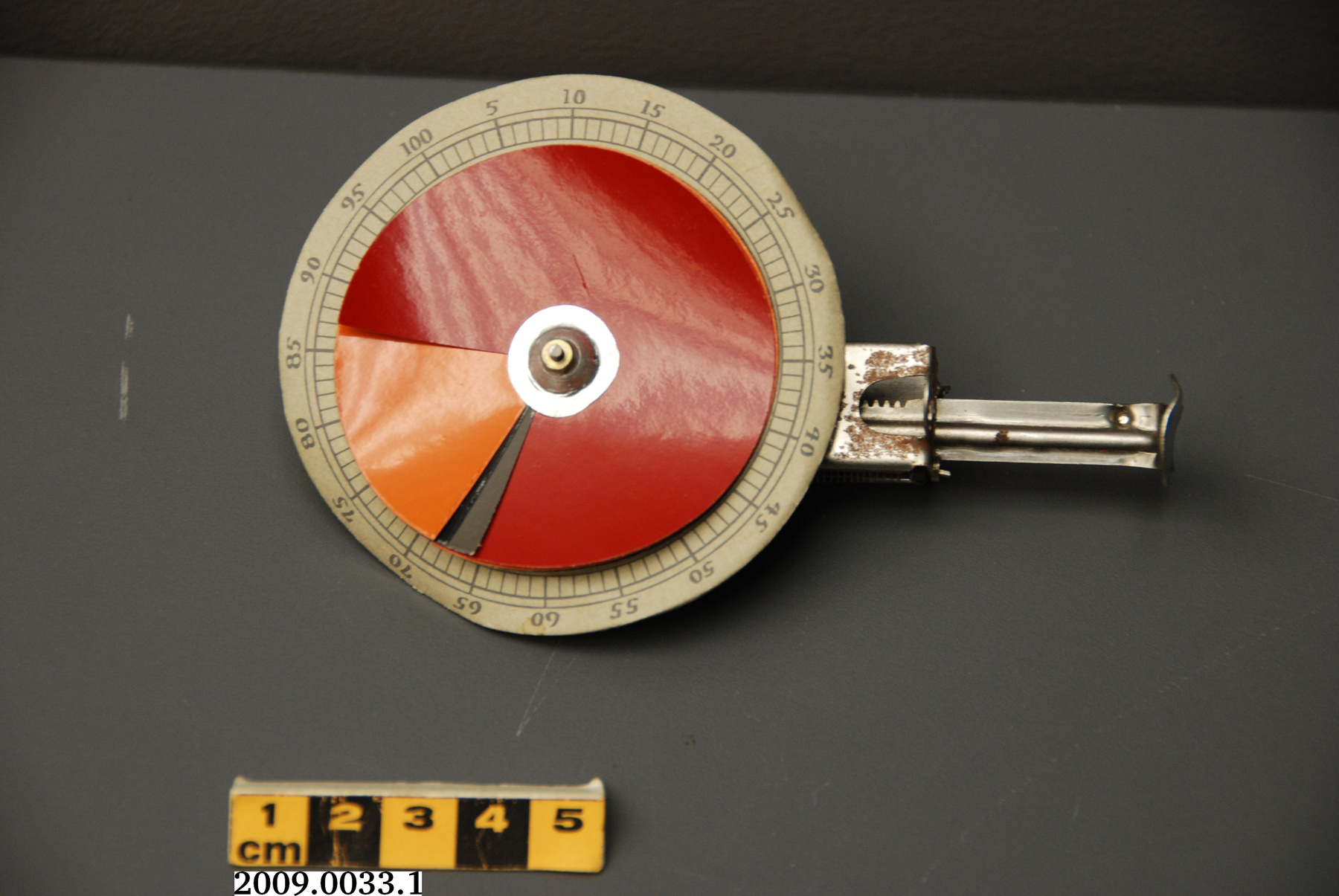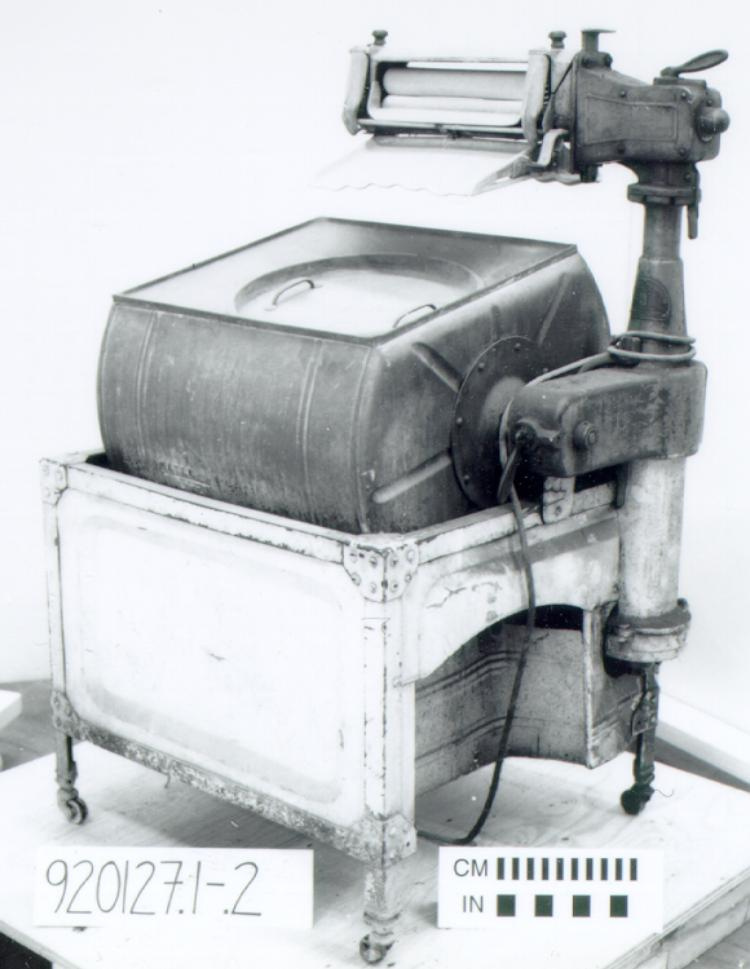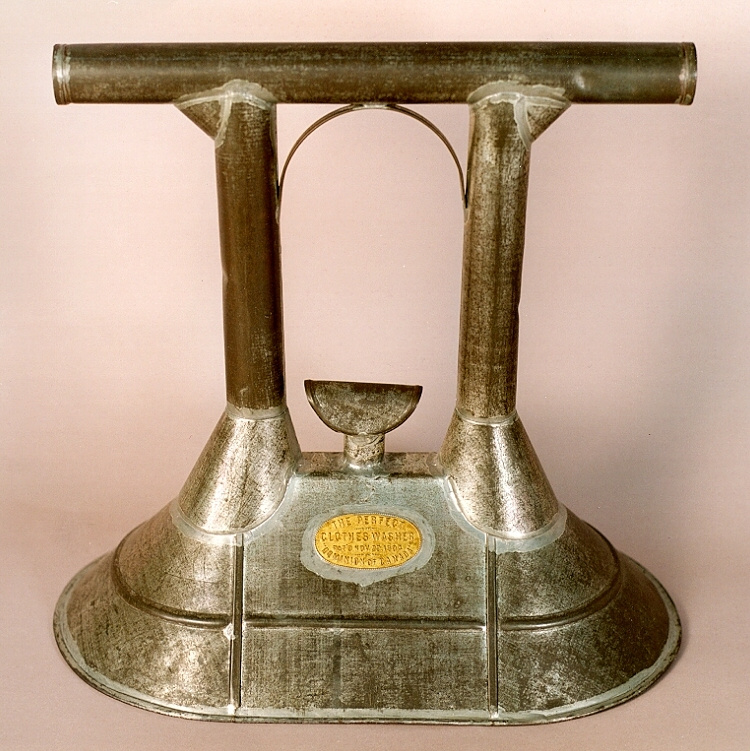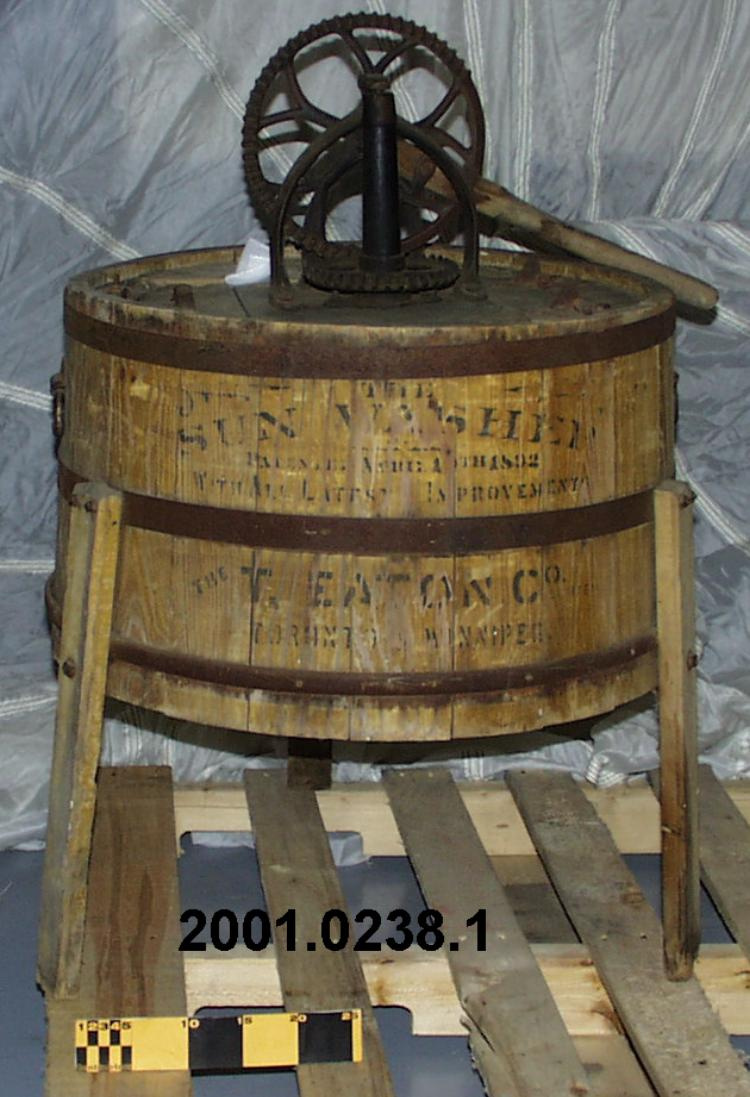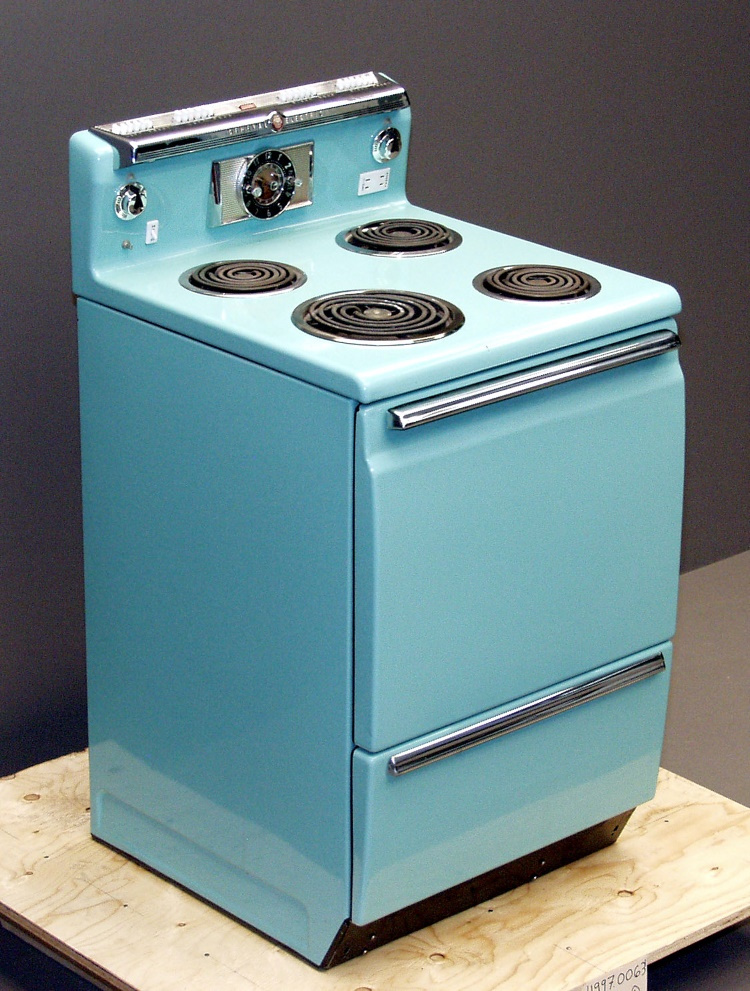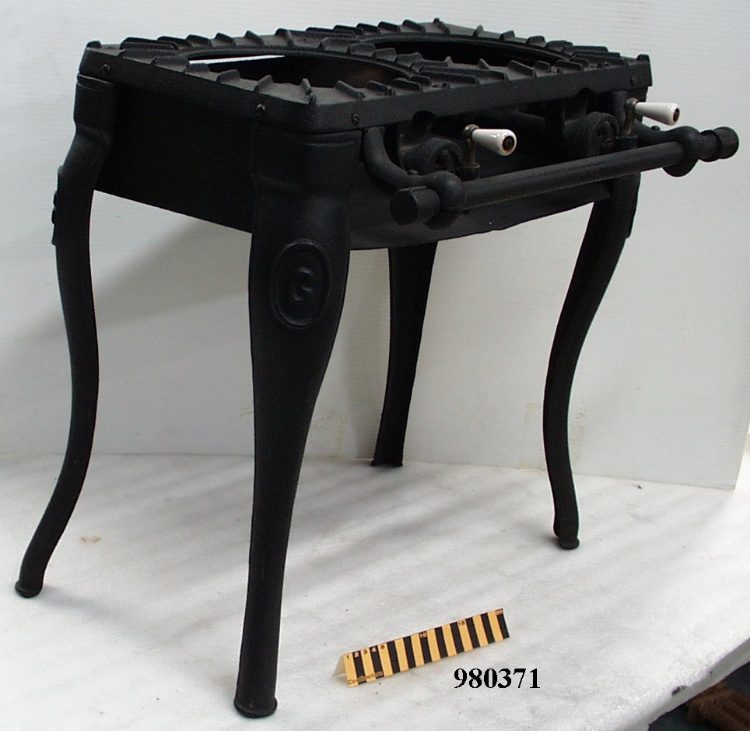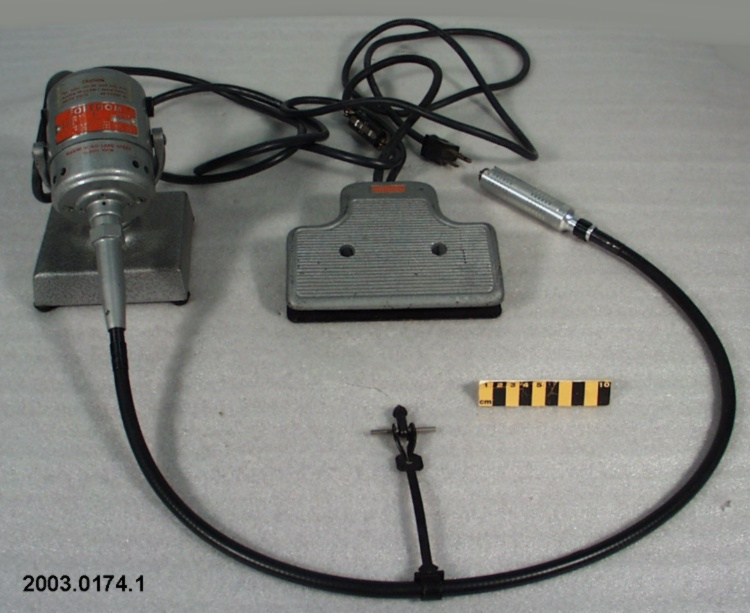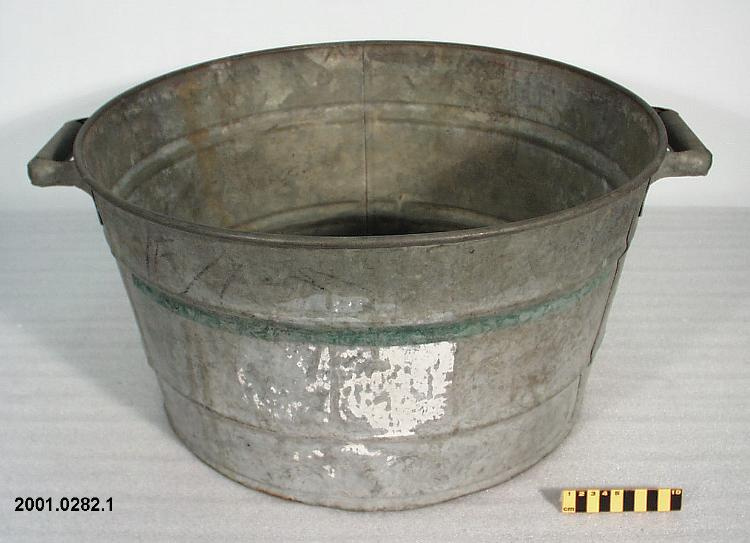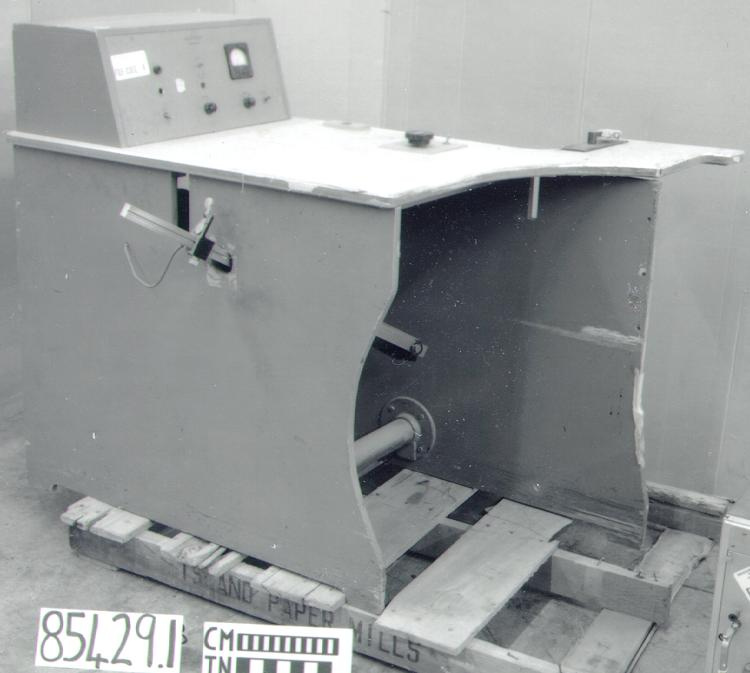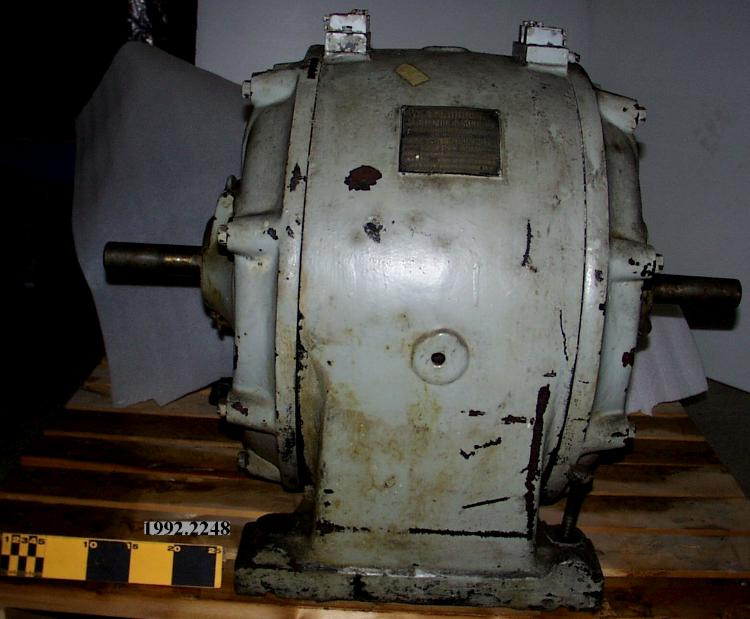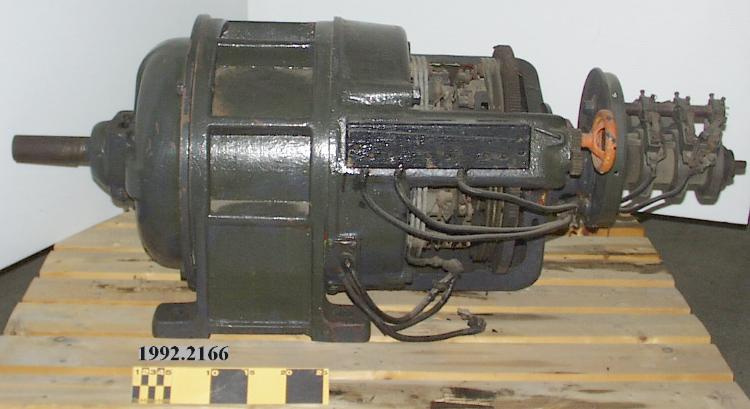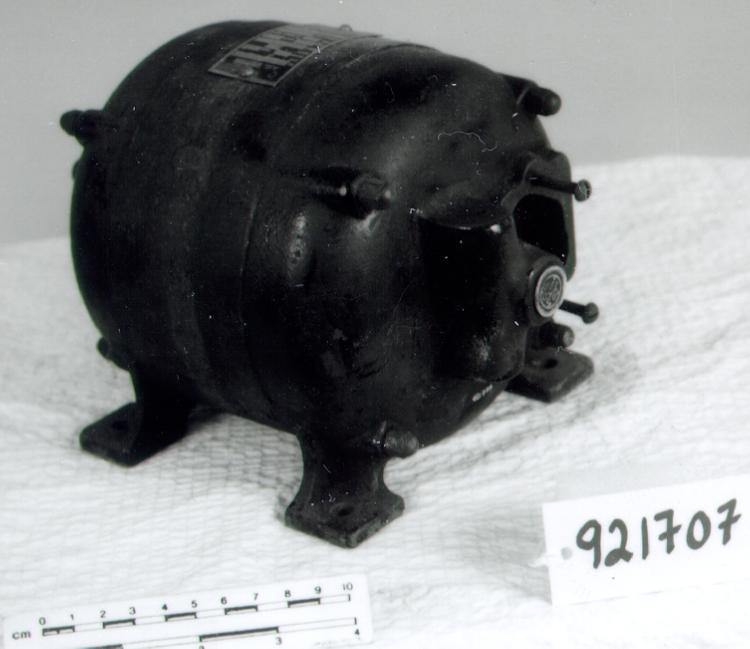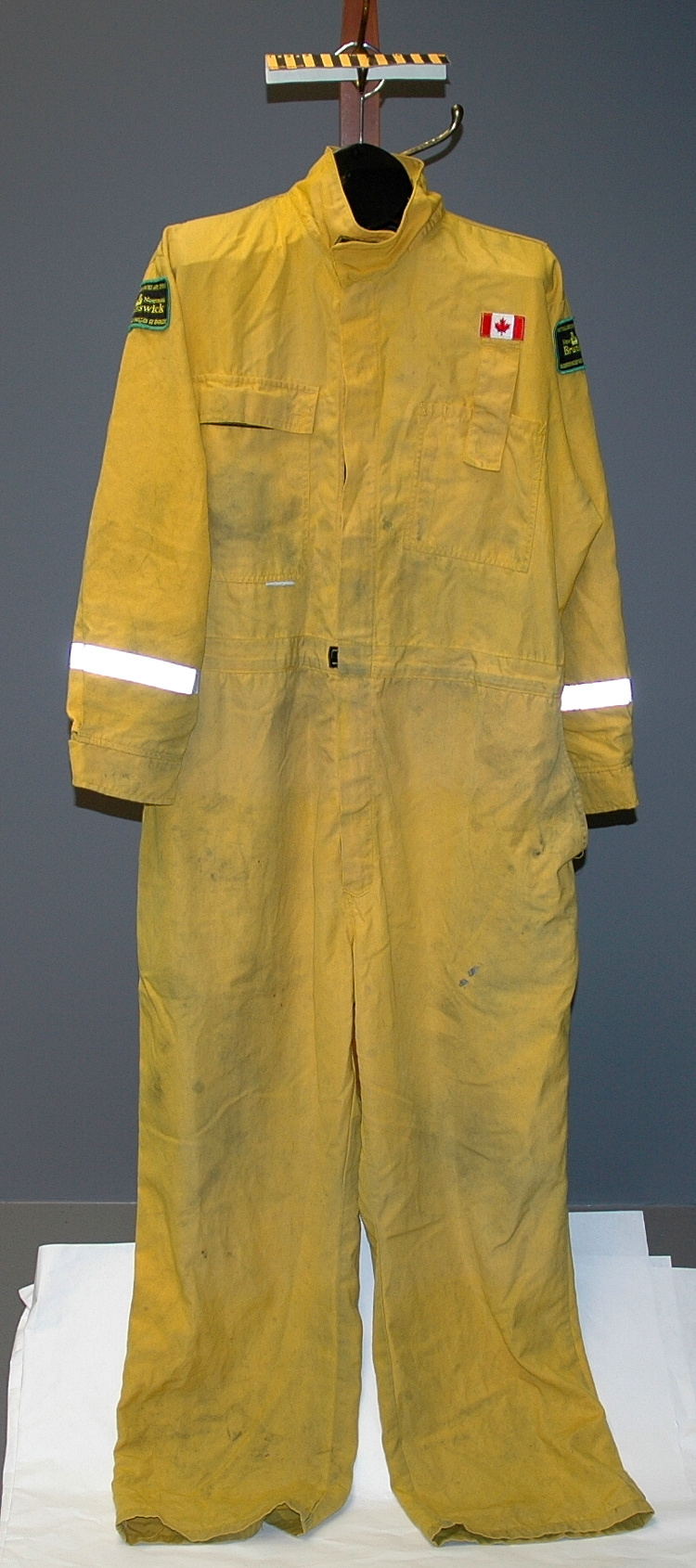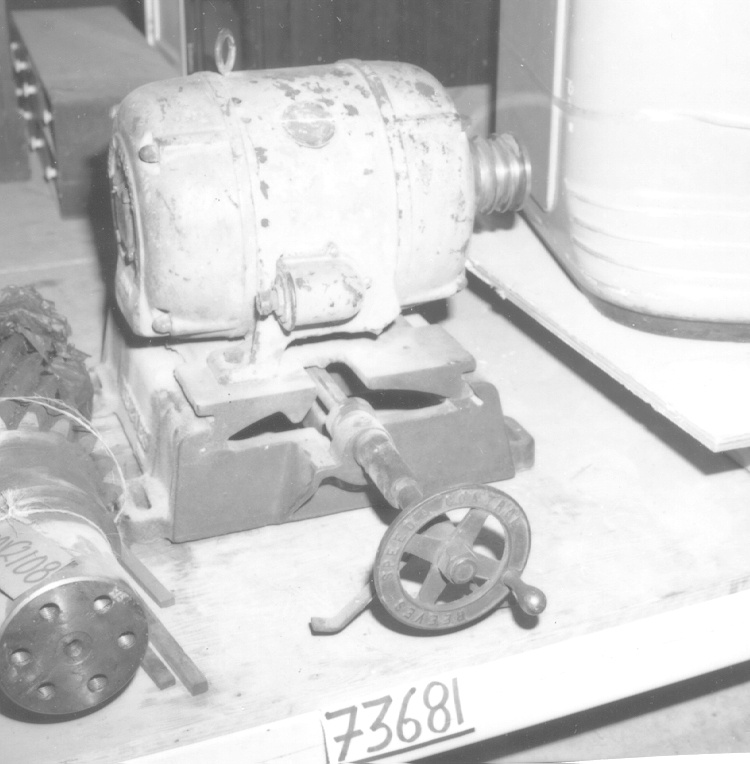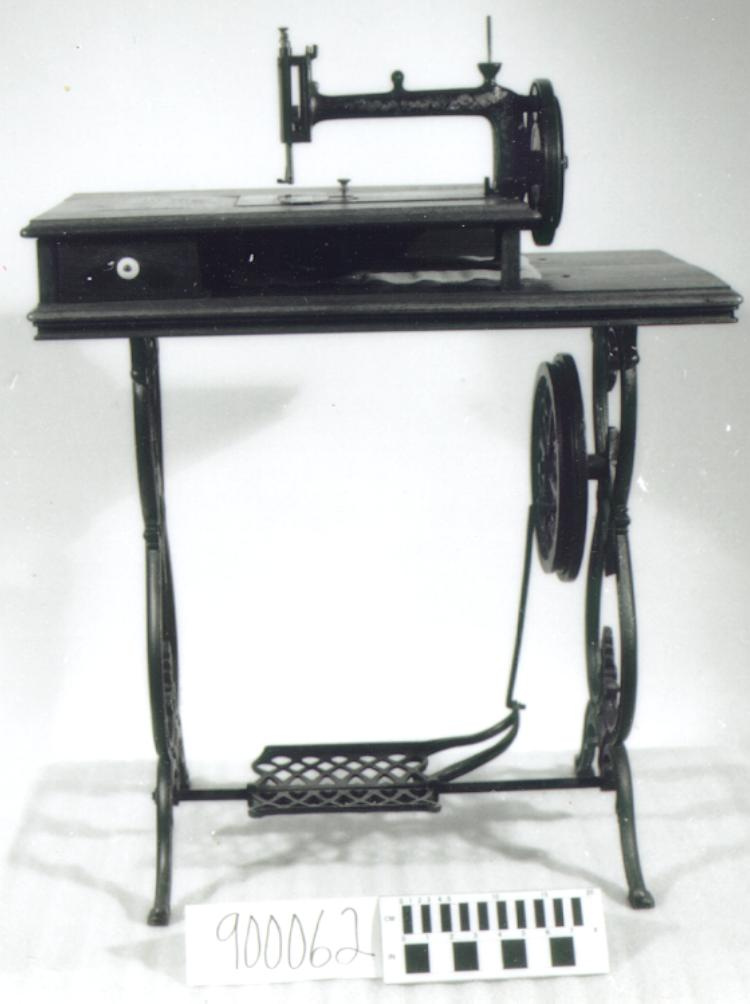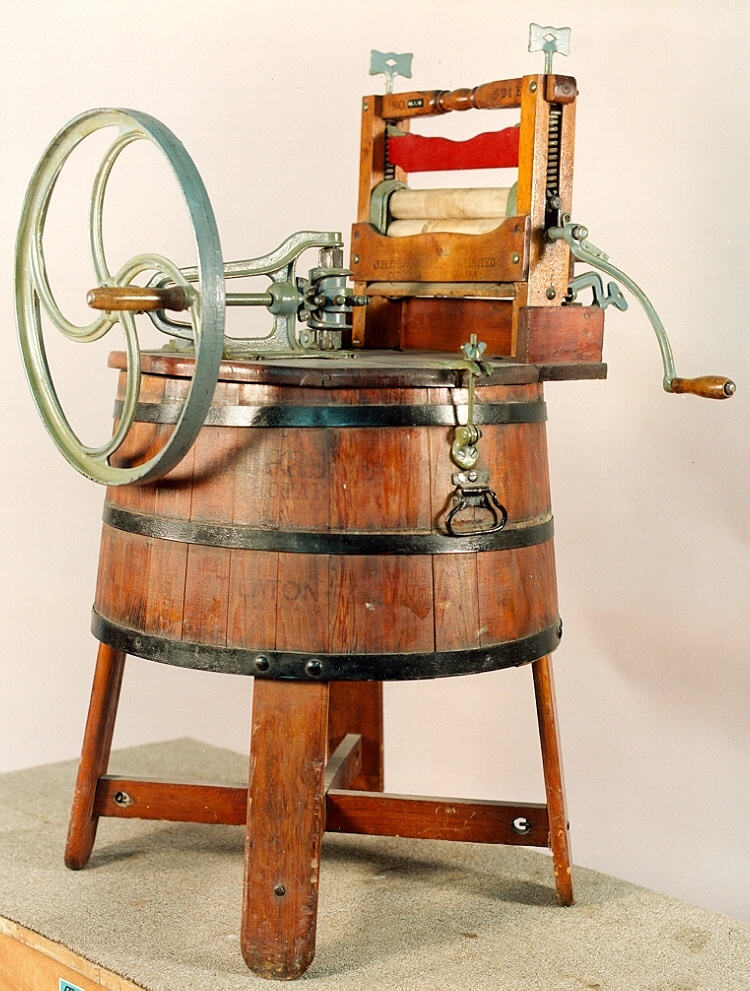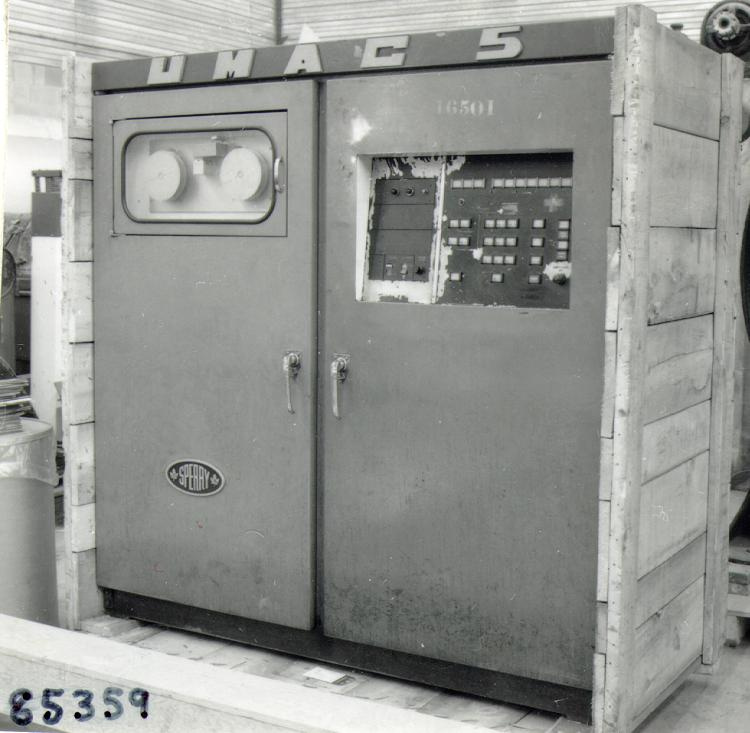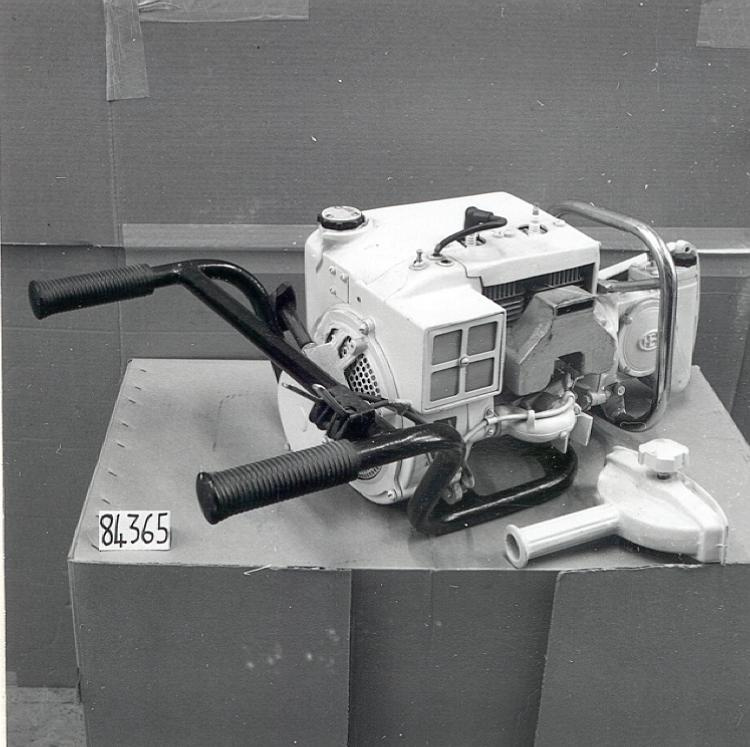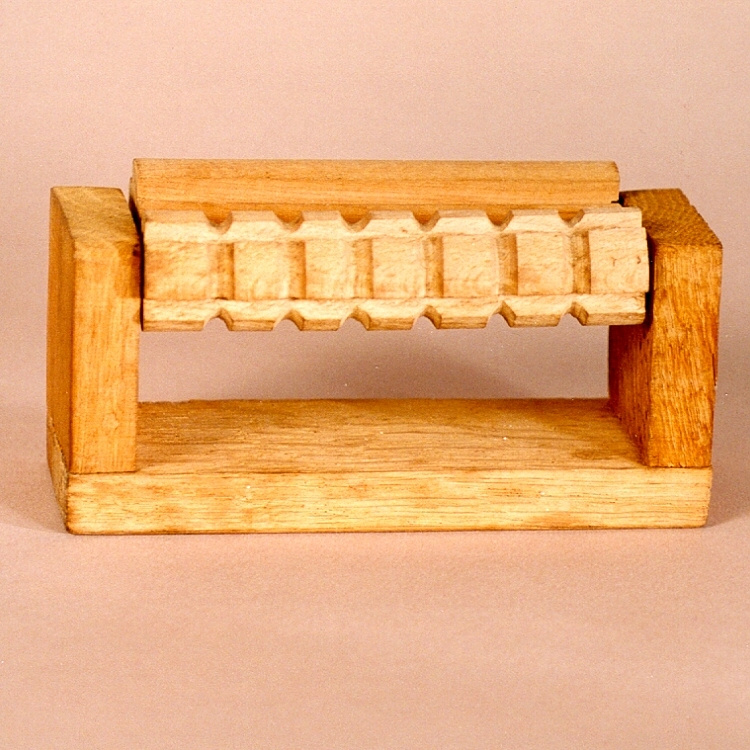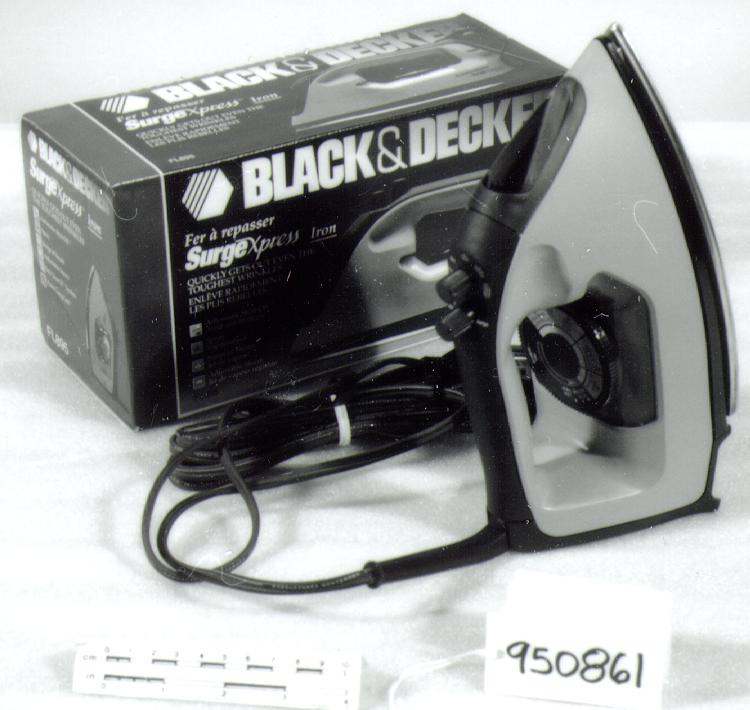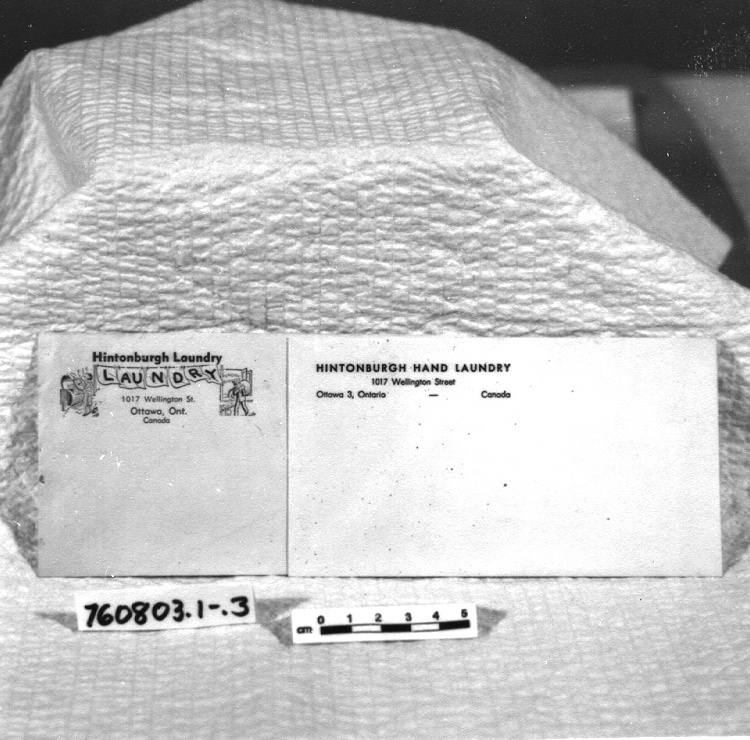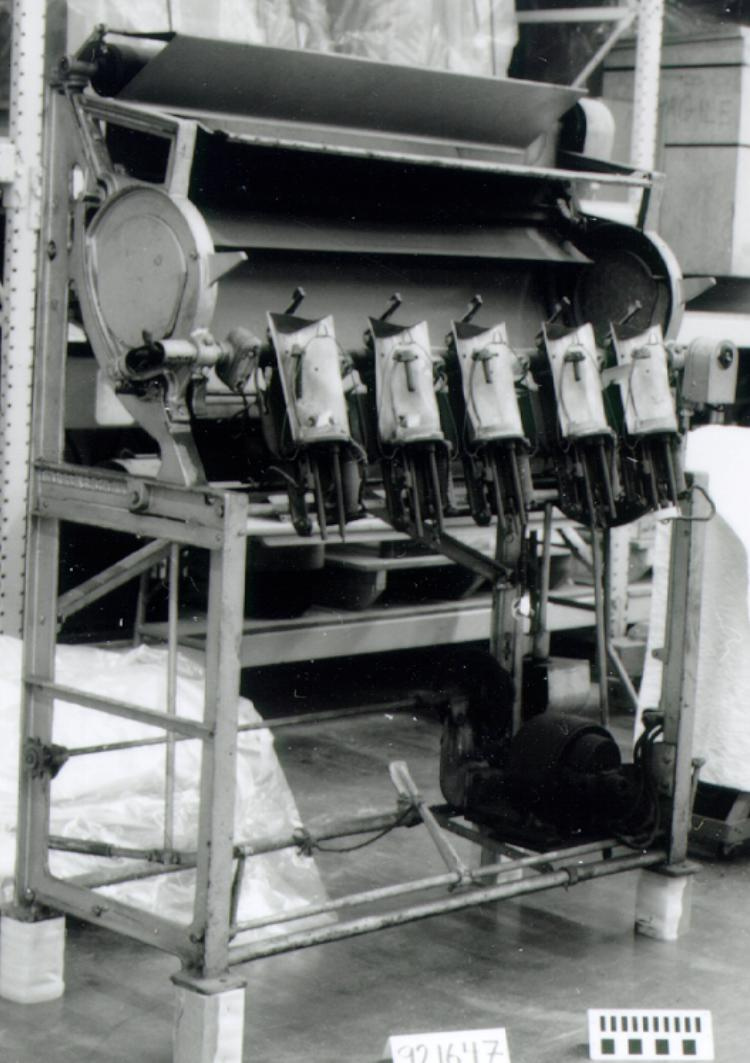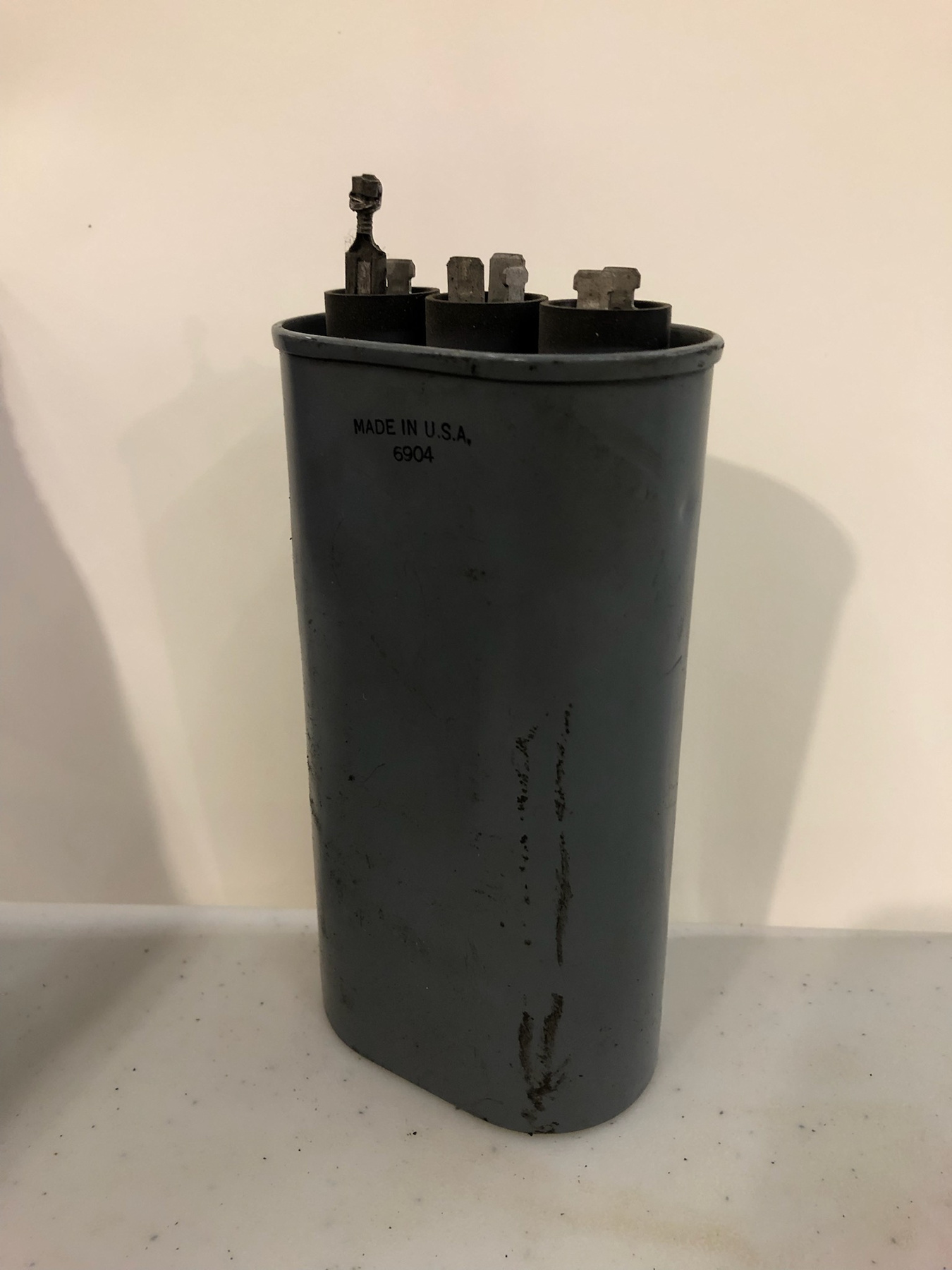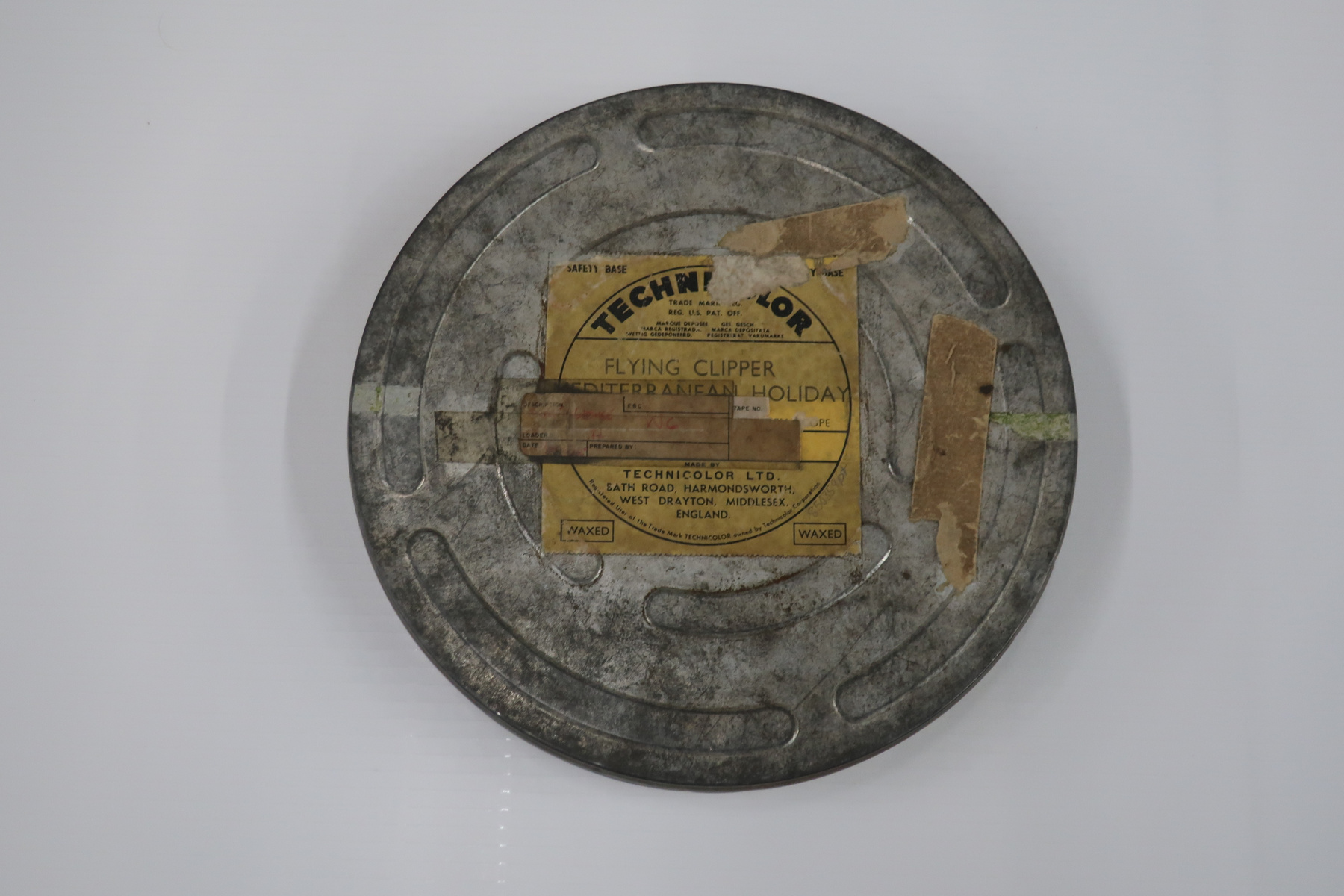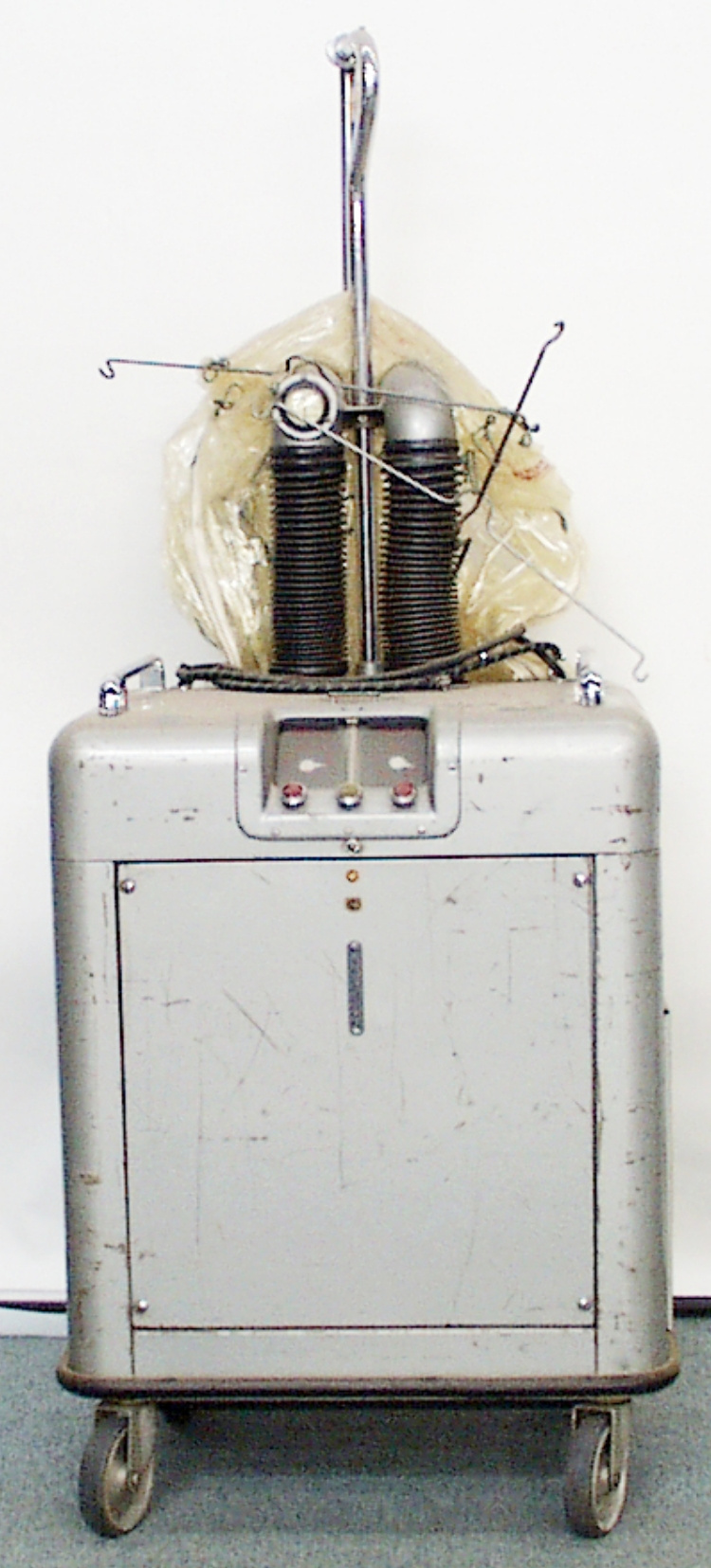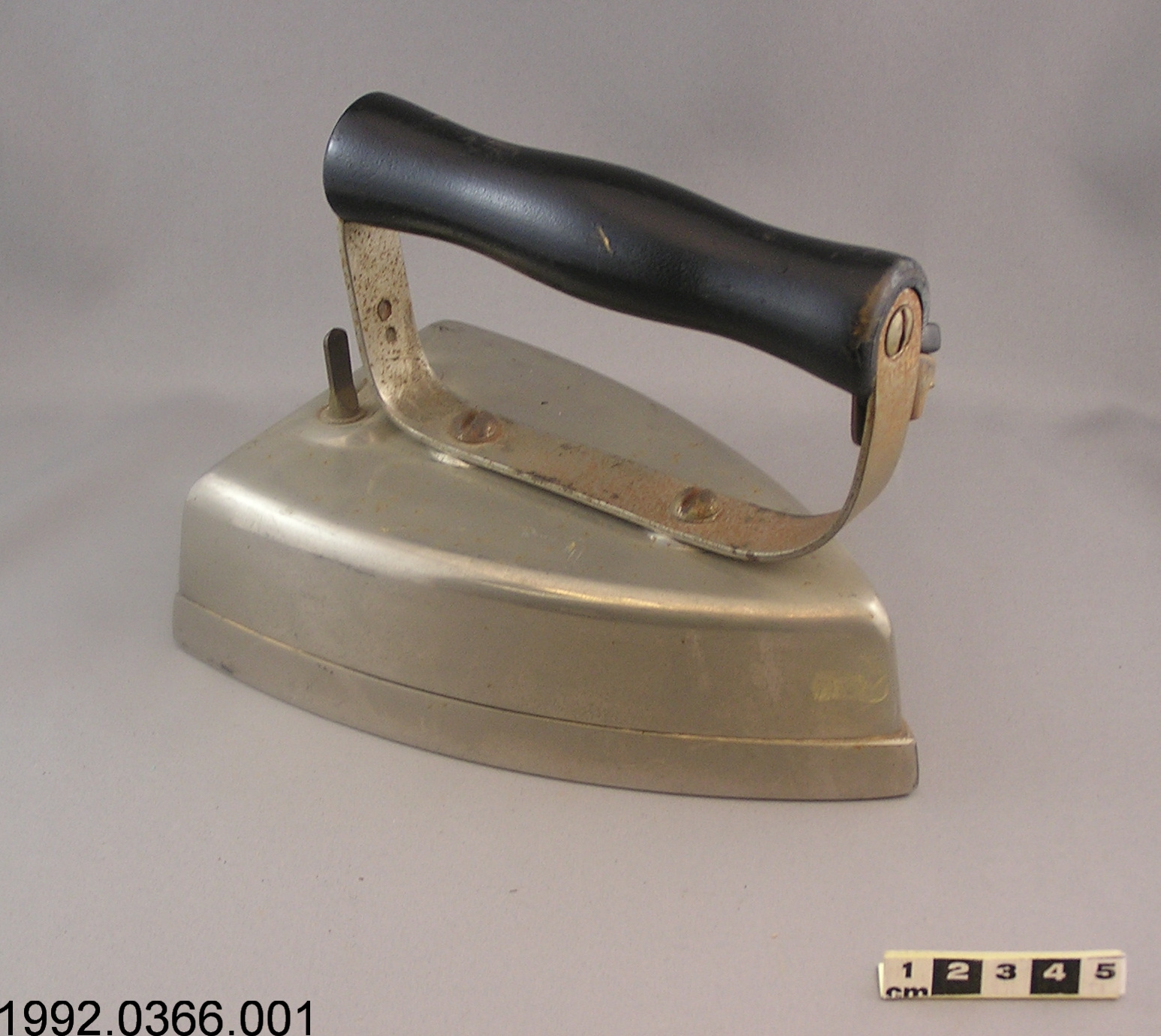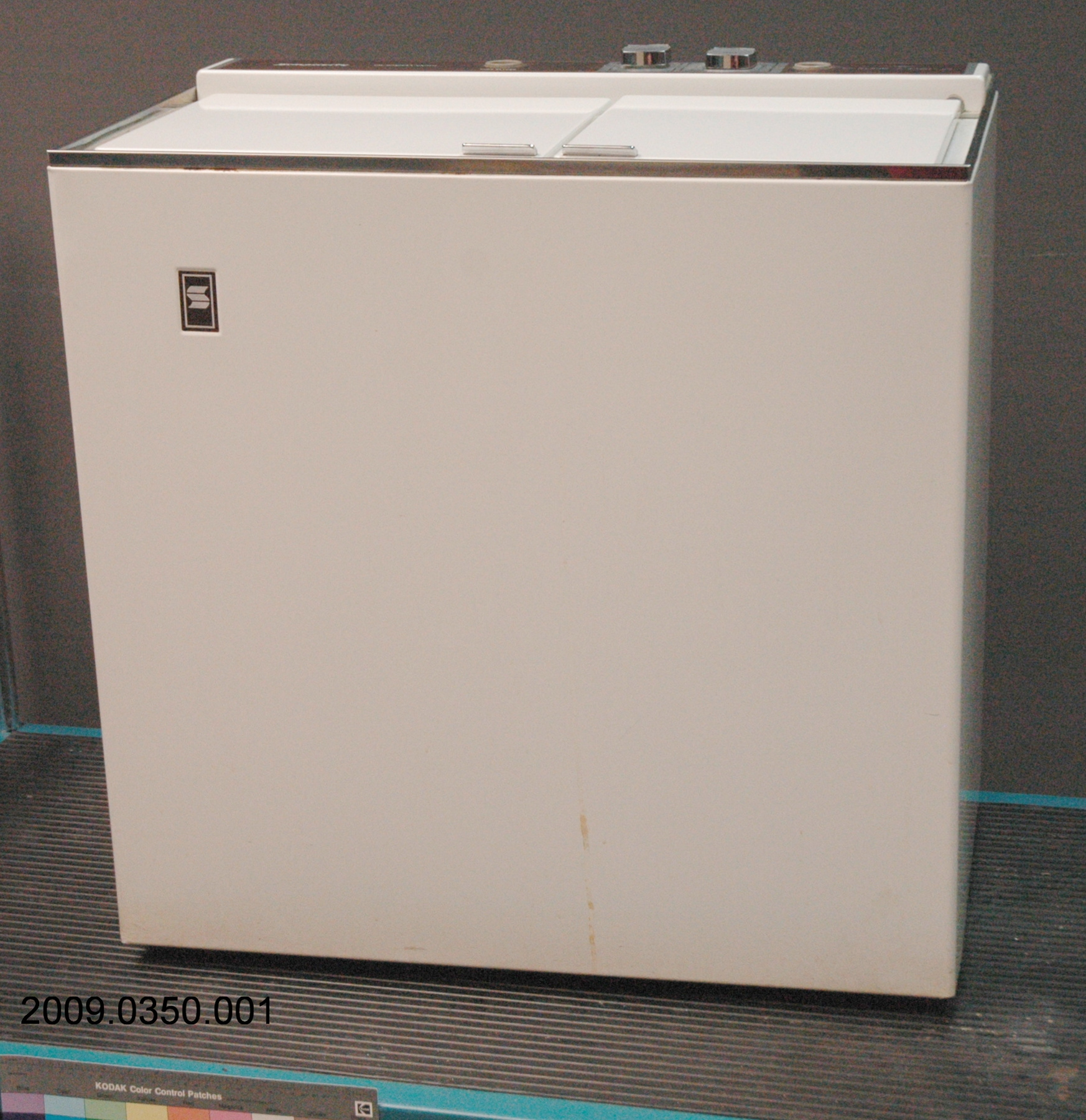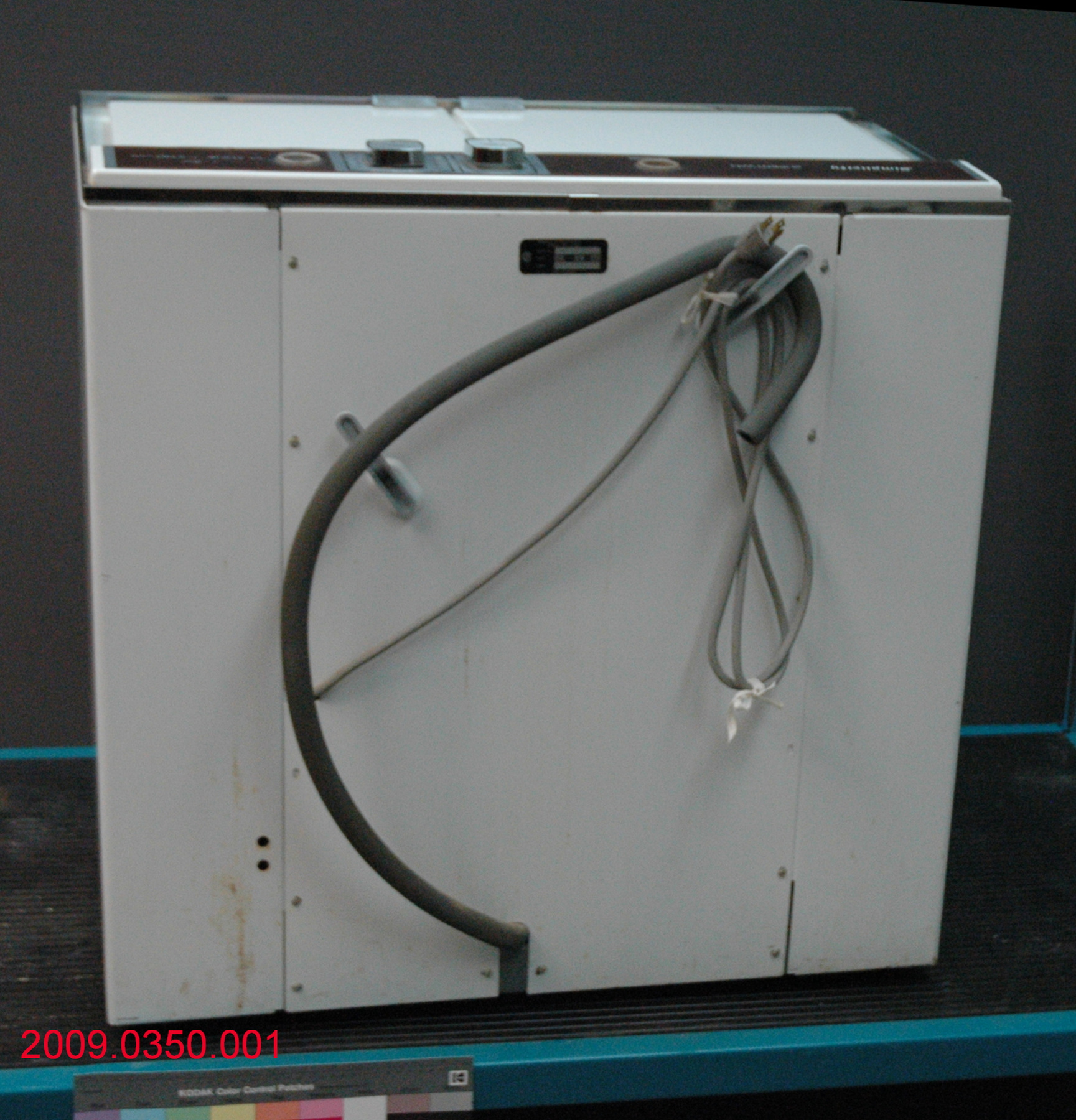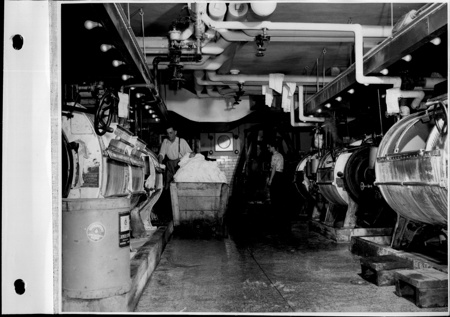Machine à laver et essoreuse
Utiliser cette image
Puis-je réutiliser cette image sans autorisation? Oui
Les images sur le portail de la collection d’Ingenium ont la licence Creative Commons suivante :
Copyright Ingenium / CC BY-NC-ND (Attribution-NonCommercial 4.0 International (CC BY-NC 4.0)
ATTRIBUER CETTE IMAGE
Ingenium,
2009.0350.001
Permalien:
Ingenium diffuse cette image sous le cadre de licence Creative Commons et encourage son téléchargement et sa réutilisation à des fins non commerciales. Veuillez mentionner Ingenium et citer le numéro de l’artefact.
TÉLÉCHARGER L’IMAGEACHETER CETTE IMAGE
Cette image peut être utilisée gratuitement pour des fins non commerciales.
Pour un usage commercial, veuillez consulter nos frais de reproduction et communiquer avec nous pour acheter l’image.
- TYPE D’OBJET
- ELECTRIC/DIRECT/AGITATOR/AUTO
- DATE
- 1975
- NUMÉRO DE L’ARTEFACT
- 2009.0350.001
- FABRICANT
- Simplicity Products
- MODÈLE
- Supertwin ST4
- EMPLACEMENT
- Hespeler, Ontario, Canada
Plus d’information
Renseignements généraux
- Nº de série
- 81215 JE
- Nº de partie
- 1
- Nombre total de parties
- 7
- Ou
- S/O
- Brevets
- S/O
- Description générale
- Metal appliance cabinet has off-white enamel paint finish on exterior grey enamel interior has off-white fleck pattern; smooth grey moulded synthetic agitator; bright chrome metal trim; some minor synthetic fittings & trim; grey synthetic (?) hoses and covering on electrical cord.
Dimensions
Remarque : Cette information reflète la taille générale pour l’entreposage et ne représente pas nécessairement les véritables dimensions de l’objet.
- Longueur
- 80,0 cm
- Largeur
- 47,5 cm
- Hauteur
- 83,0 cm
- Épaisseur
- S/O
- Poids
- S/O
- Diamètre
- S/O
- Volume
- S/O
Lexique
- Groupe
- Technologie domestique
- Catégorie
- Buanderie
- Sous-catégorie
- S/O
Fabricant
- Ou
- Simplicity
- Pays
- Canada
- État/province
- Ontario
- Ville
- Hespeler
Contexte
- Pays
- Canada
- État/province
- Ontario
- Période
- This machine used 1975+. End date of use is unknown.
- Canada
-
Up to mid-1960s, washing machines were produced in Canada by small companies that specialized in domestic appliances. By the end of the 1960 most of these companies merged to create the General Steel Ware, and in 1976, the GSW consolidated with the CGE appliance section to form the CAMCO. Simplicity Products is an interesting example of a small manufacturer that did not follow the same route. Instead in 1969, Simplicity merged with McGraw-Edison, then it was sold to the Canadian Admiral and finally to Inglis. It closed in 1981. Gerard and Antoinette Bourgeau were expropriated from their house in the Lower Town in 1970. Both retired, rather than purchase another house, they decided to move to an apartment building. For the next five years Antoinette used the basement laundry room to do her wash, but with time she found it difficult to haul the laundry to and from, first 10th and then 20th floor of the apartment building. In 1975 the Bourgeau purchased the Supertwin washer & spin dryer and installed it in the kitchen of their apartment. The washers were not allowed in the apartments at the time, and even now, the donor would not give the address of the building. Antoinette used the washing machine for small loads, conscious of the fact that she had to hang the clothes to dry in the bathroom. This is an interesting point. The first washer & spin dryer combinations had only one tub, and the spin action followed the washing. Side-by-side combination washers & spin dryers were developed to allow women to wash clothes in one tub, while they spin dried a previous load in the other tub. Yet, in a small apartment setting this feature was not practical. [Ref. 1] - Fonction
-
Mechanized means of washing and removing moisture from clothes & linens. - Technique
-
Washing/drying function: It represents a phase in the technological shift from machines, which combined washing and spin drying function in one tub, toward washers and dryers as two separate appliances. First spin washers were introduced during the 1920s. The technology was very slowly adopted in Canada. Only in 1966 automated washers/spin dryers surpassed the sales of wringers. First washers & spin dryers did not work very well. A washing machine motor operated at a constant speed, and did not furnish enough power for the spin cycle. In the 1950s a two speed motor was applied to washing machines allowing the operator to change the speed at which the tub rotated. This feature improved the spin drying cycle. In the 1970s electronic control of motor speed has become a common feature on the more expensive models. It will be interesting to find out if this machine is furnished with an electronic speed control. Automation: The offered artifact is an example of an agitator type, automated washing machine. The agitator was first introduced in Canada by Beatty Co. in 1927, and dominated the market by the early 1950s. First automated features such as timers, the temperature control and the load size control were developed between 1950 and 1960. This washing machine offers 30 options for the wash cycle: 15 on Brisk setting and 15 on General setting. However there are only two options for the spin cycle: Empty and Spin. Design: The offered washer & spin dryer features two tubs placed side-by-side. This was a feature appreciated by customers, who wanted to simultaneously wash and spin dry their laundry. The casting is rectangular to fit easily in the 1970s kitchen or laundry room. When closed, the top lids form a work space, which was intended as an extension of a countertop, and was used for folding laundry. The machine is made of metal with plastic and nickel plated elements, typical to the period, and is finished in white enamel. The knobs and the company logo are square to match the design of the unit. Both the washer and the spin dryer tubs are top load, the design preferred in North America. [Ref. 1] - Notes sur la région
-
Inconnu
Détails
- Marques
- All controls, etc. labelled, including "SPINNER" and "WASH" dials and settings. "Simplicity/ SUPERTWIN" and "2 Speed/ HI ZONE - AGITATION" printed on panel on top back edge. Logo [stylized "S"] appears on recessed panel on front left of cabinet. Plate on machine back reads "SIMPLICITY PRODUCTS/ HESPELER, ONT. CANADA/ SERIAL NO. 81215 JE/ VOLTS 115 AMPS. 10 CYC. 60/ MODEL ST 4/ MADE IN CANADA", with CSA logo.
- Manque
- Appears complete.
- Fini
- Metal appliance cabinet has off-white enamel paint finish on exterior grey enamel interior has off-white fleck pattern; smooth grey moulded synthetic agitator; bright chrome metal trim; some minor synthetic fittings & trim; grey synthetic (?) hoses and covering on electrical cord.
- Décoration
- S/O
FAIRE RÉFÉRENCE À CET OBJET
Si vous souhaitez publier de l’information sur cet objet de collection, veuillez indiquer ce qui suit :
Simplicity Products, Machine à laver et essoreuse, 1975, Numéro de l'artefact 2009.0350, Ingenium - Musées des sciences et de l'innovation du Canada, http://collections.ingeniumcanada.org/fr/id/2009.0350.001/
RÉTROACTION
Envoyer une question ou un commentaire sur cet artefact.
Plus comme ceci
